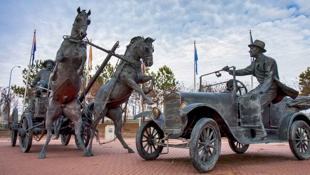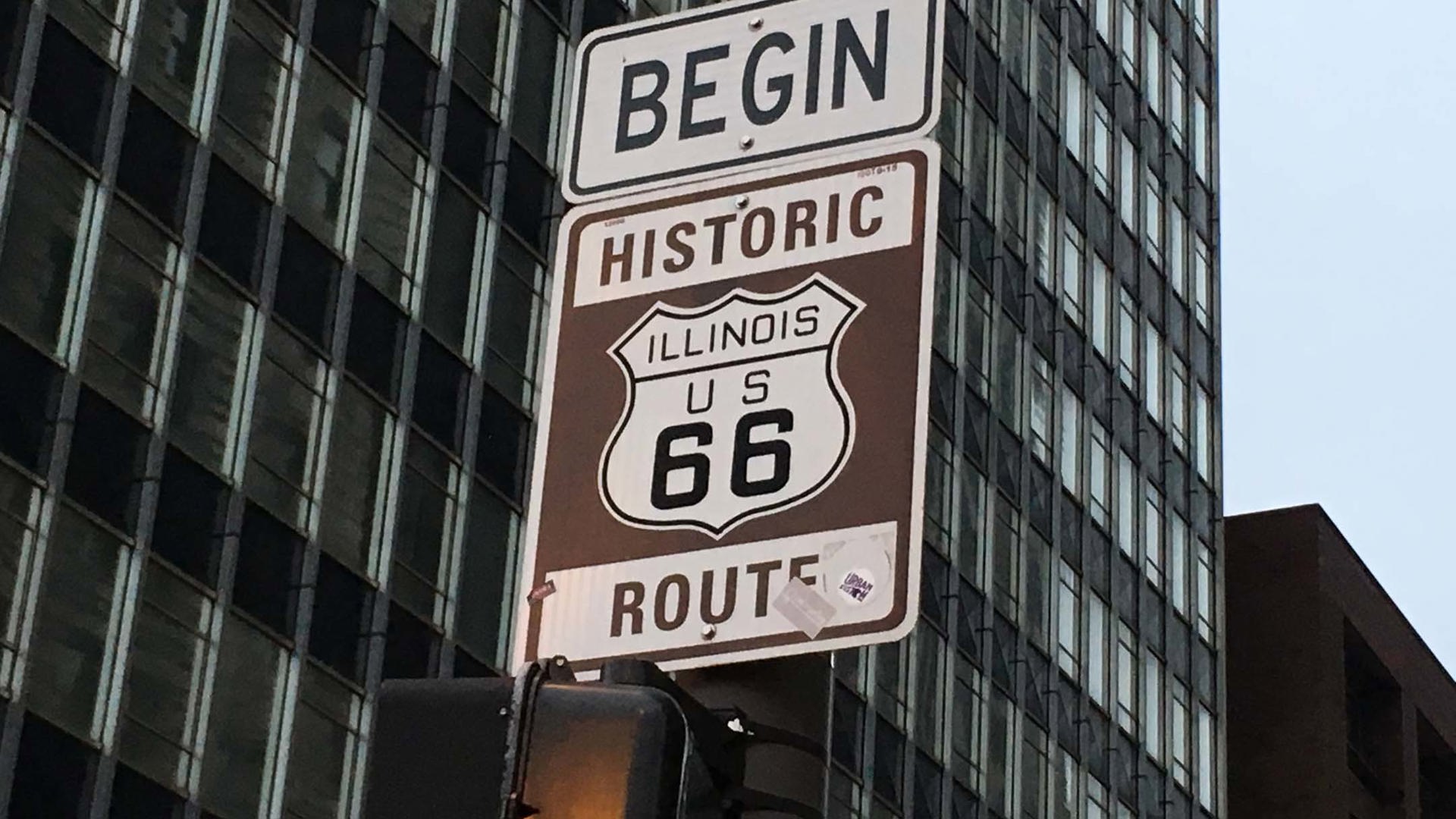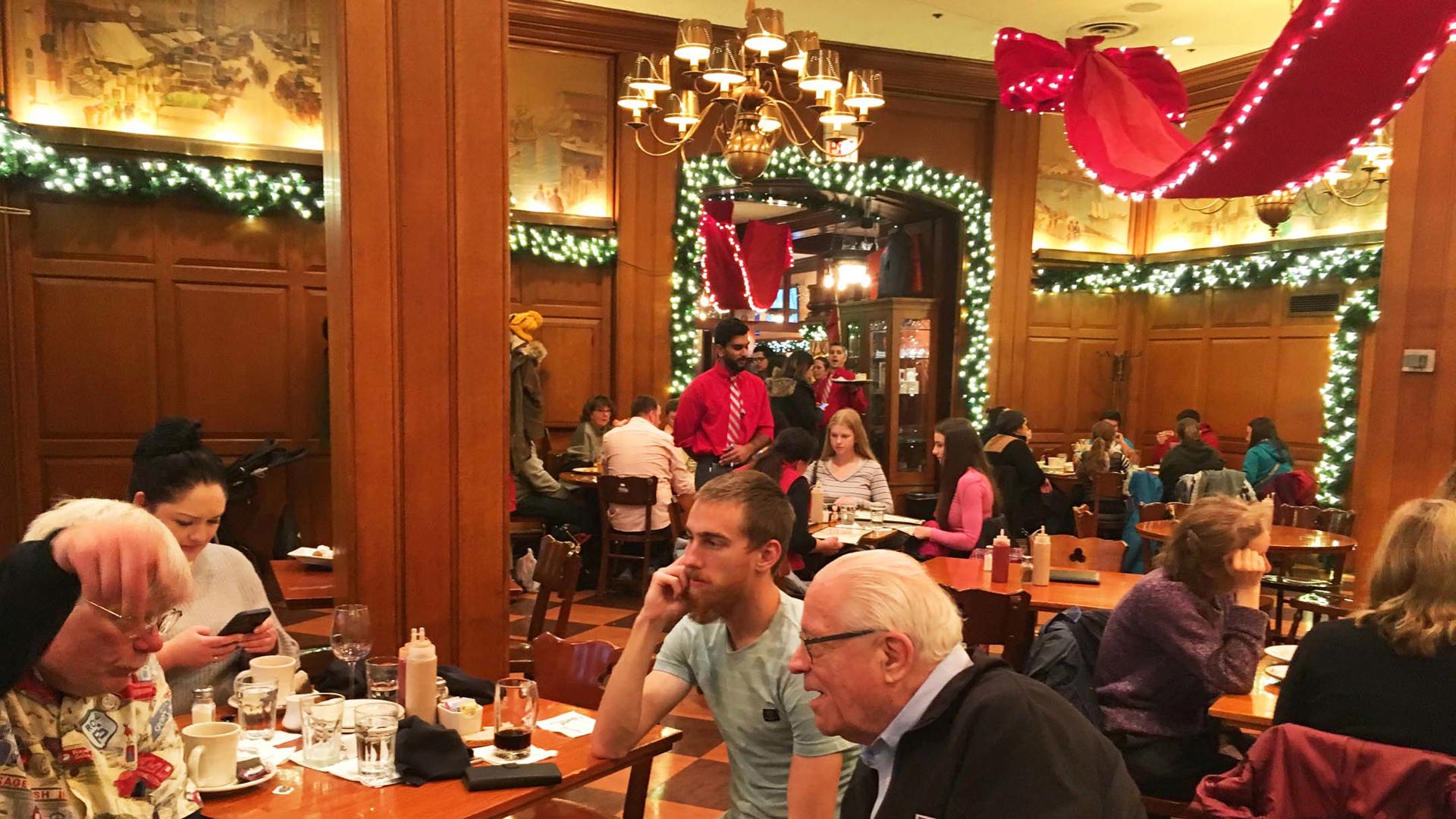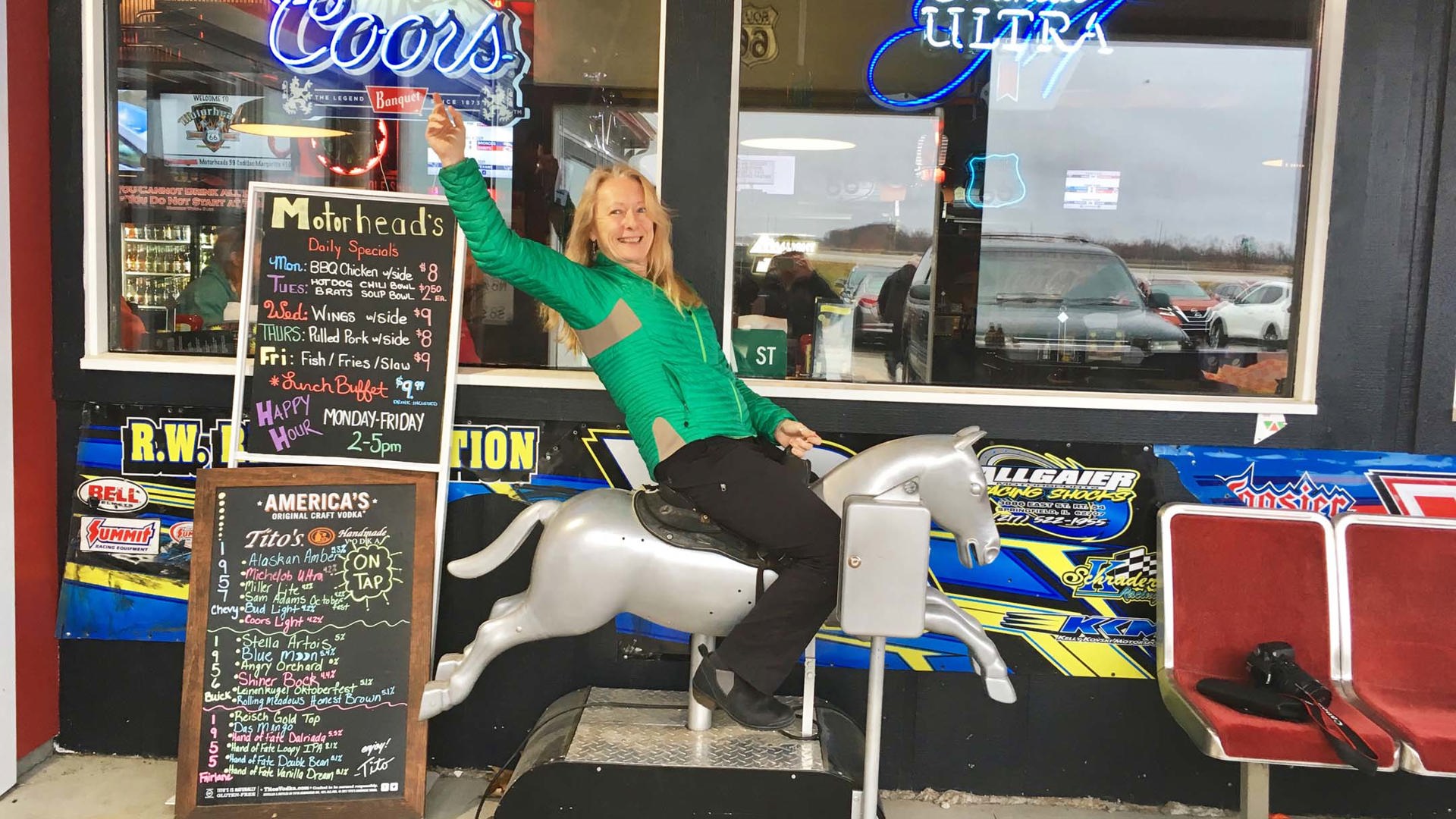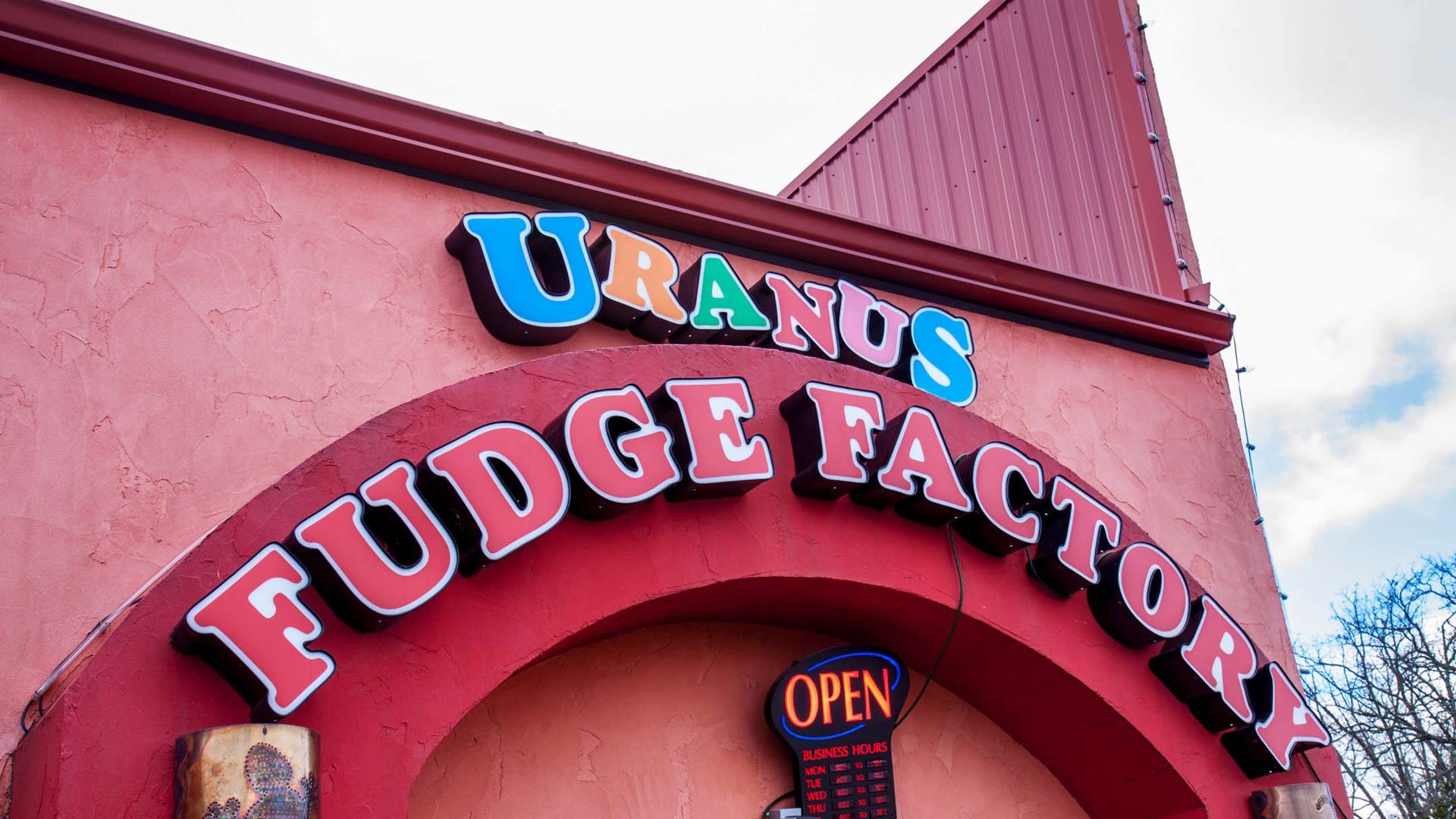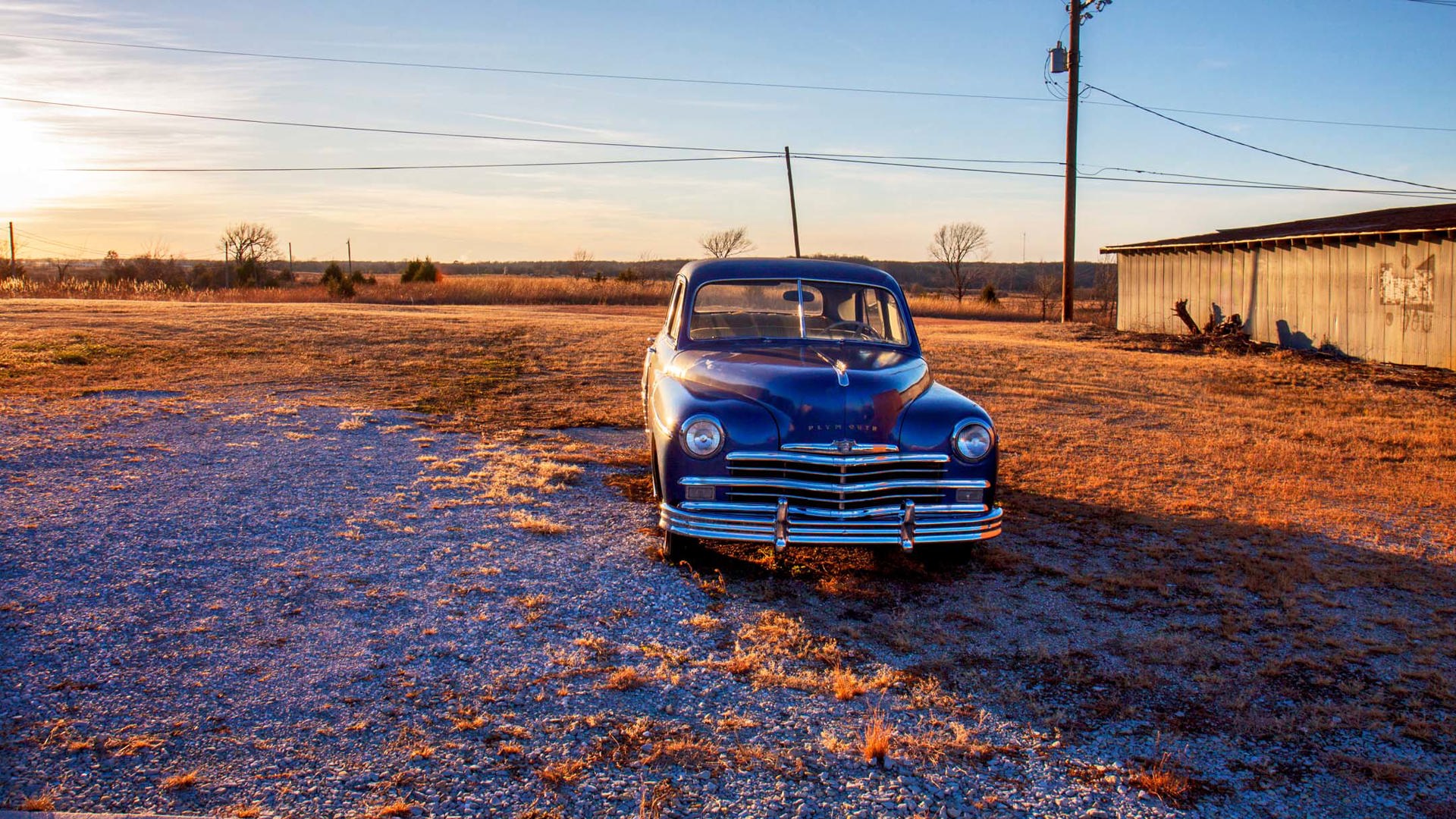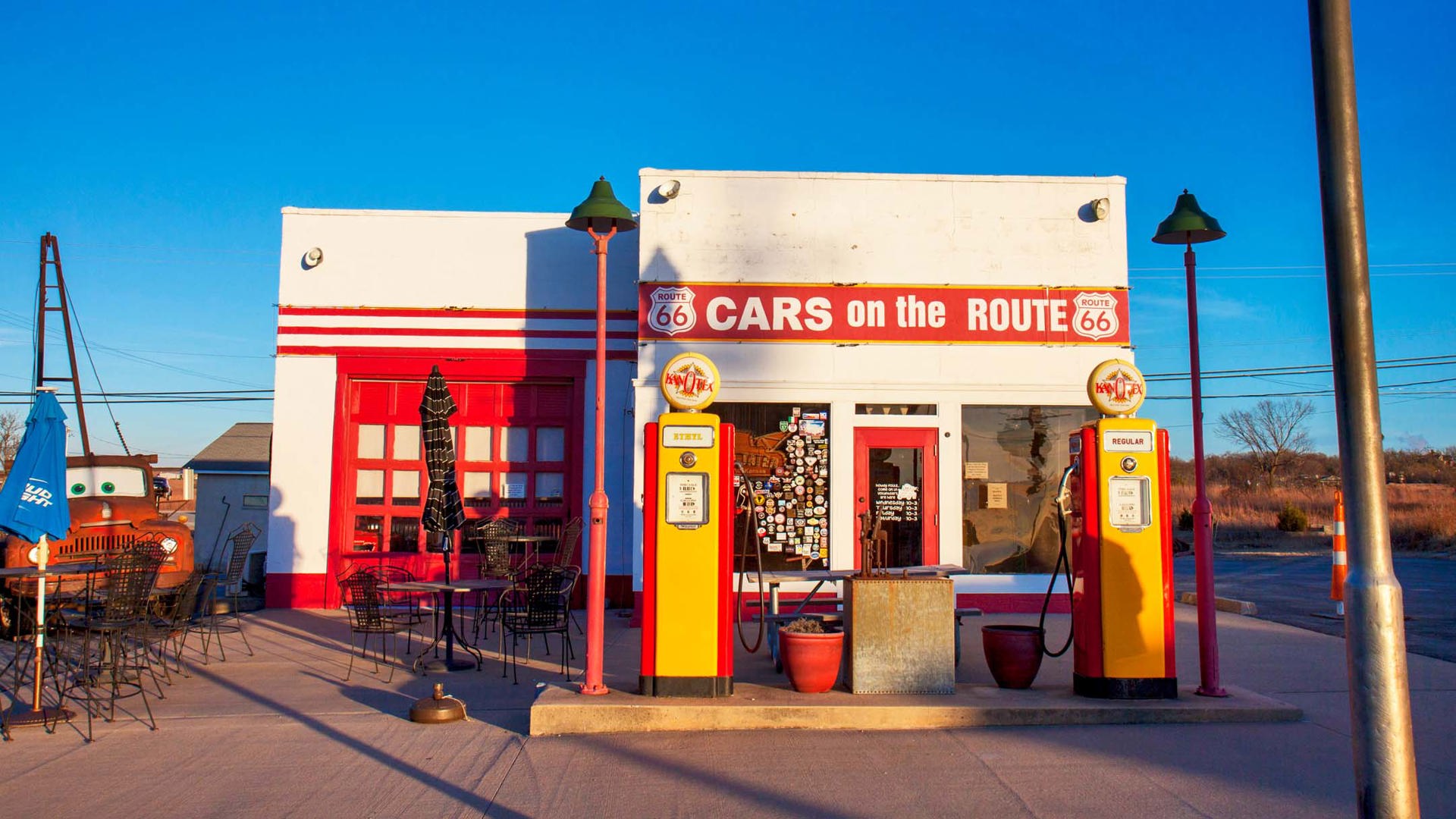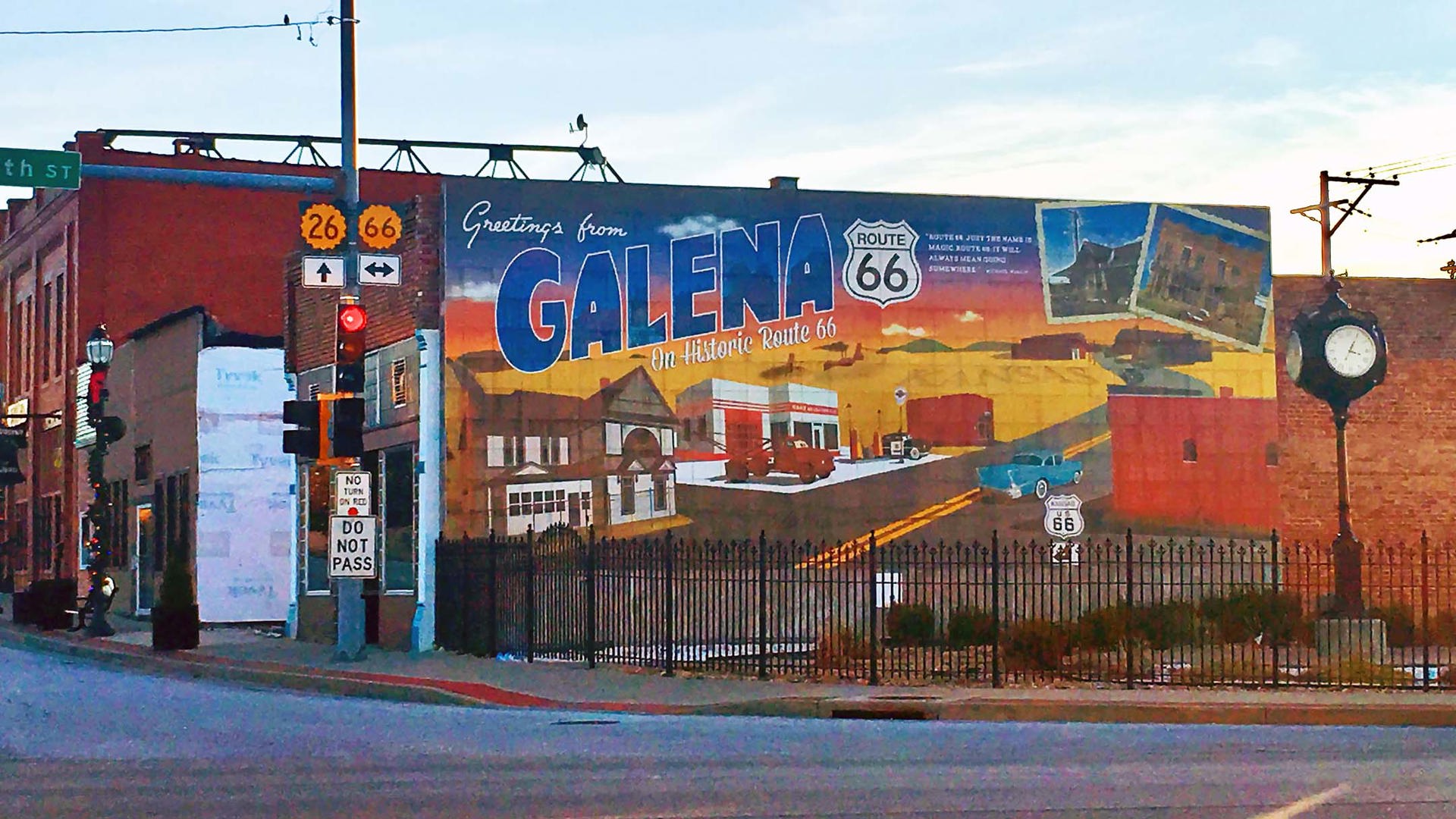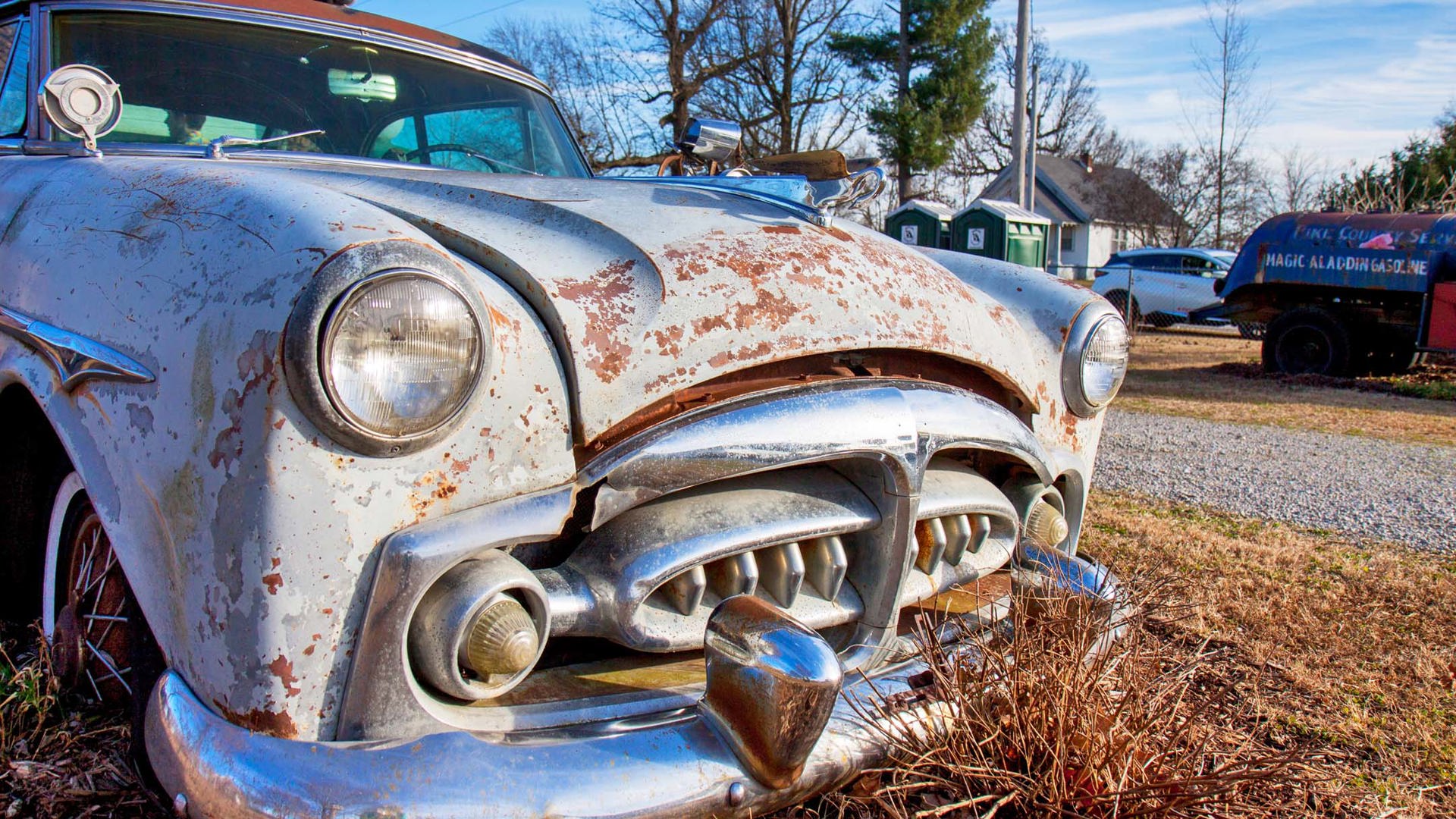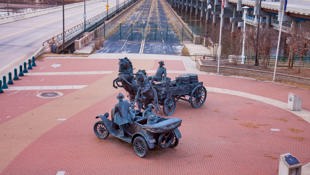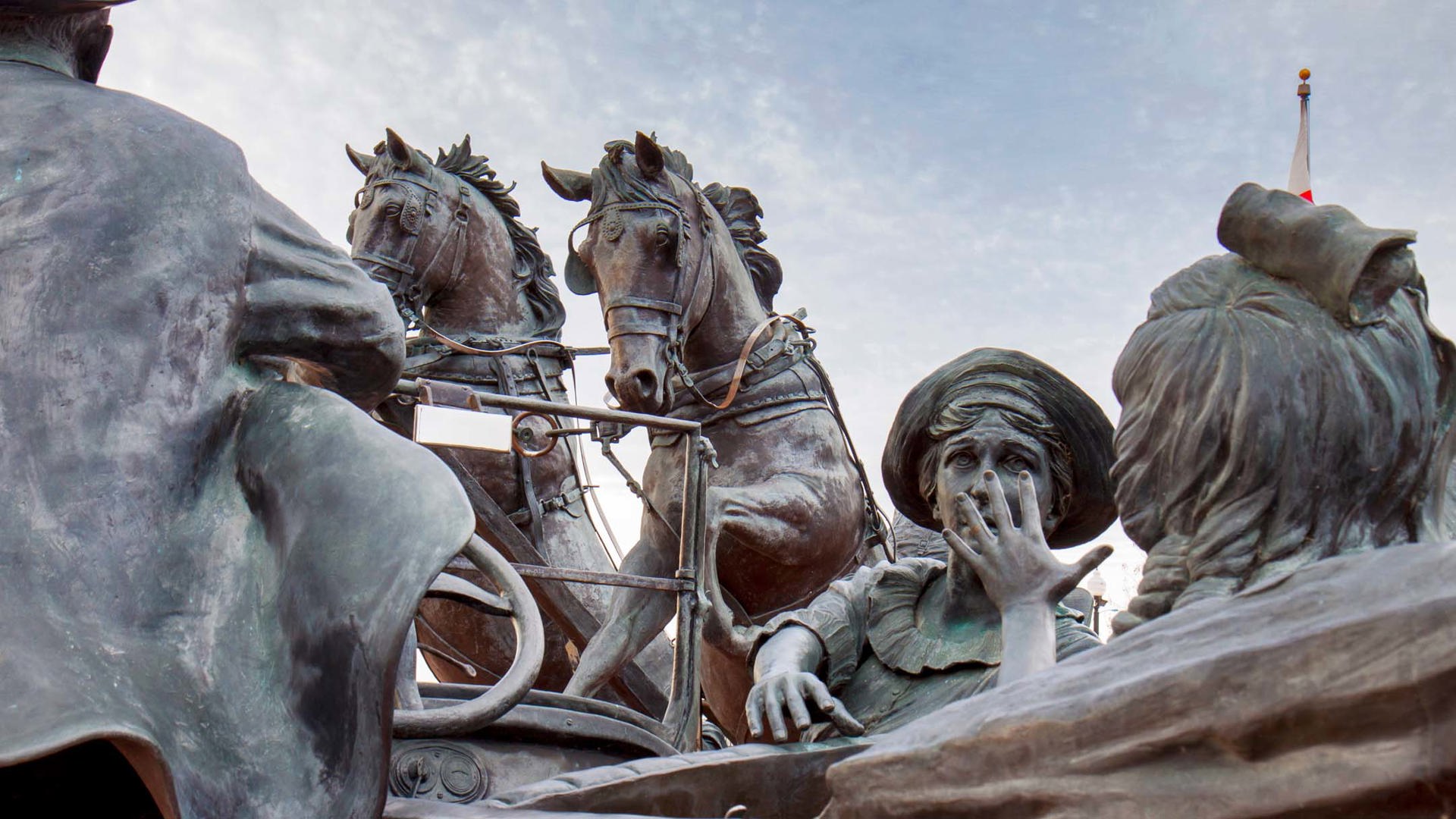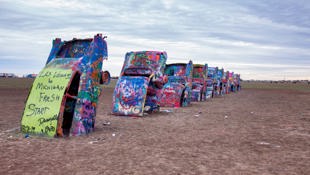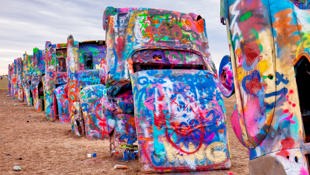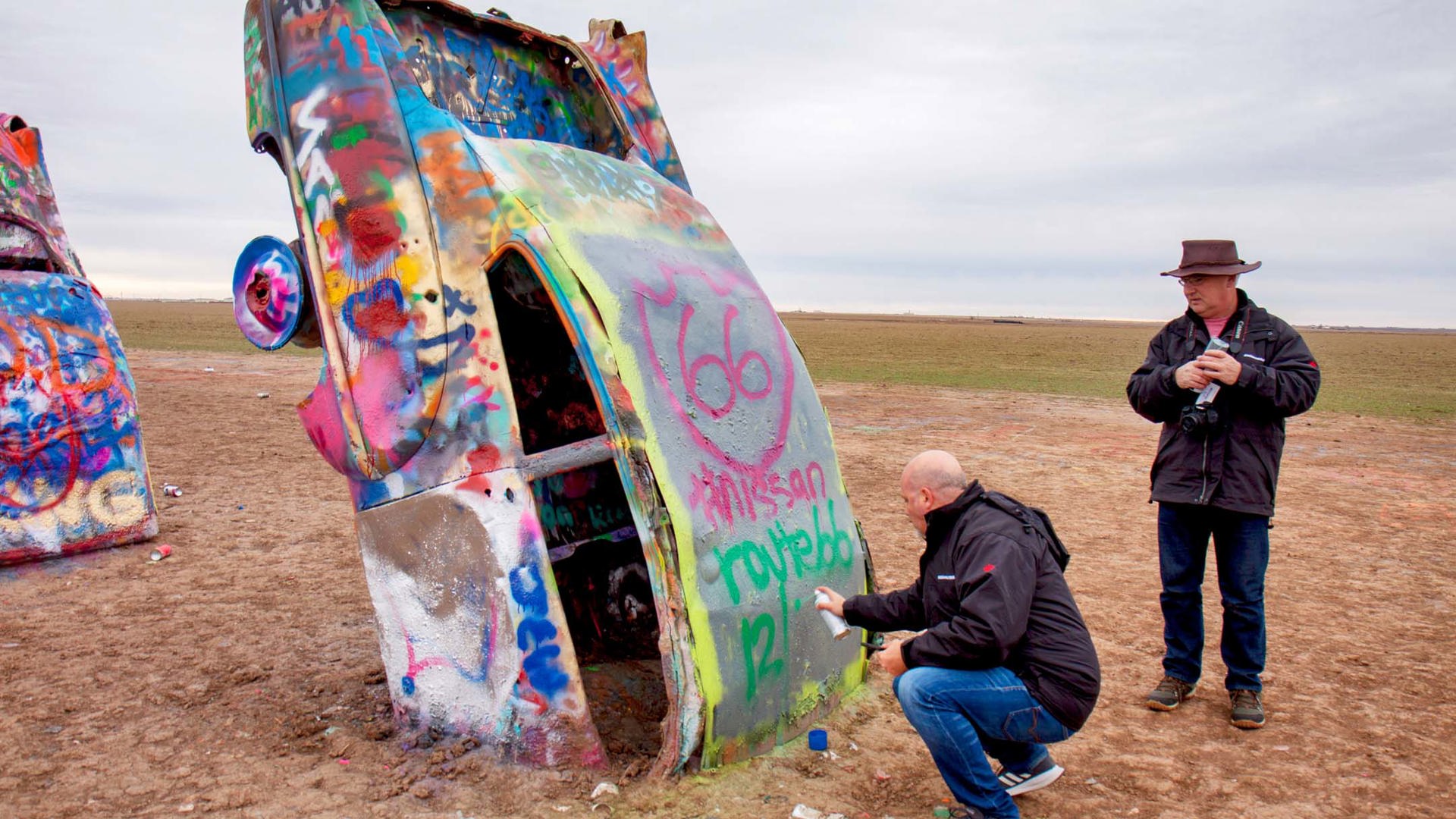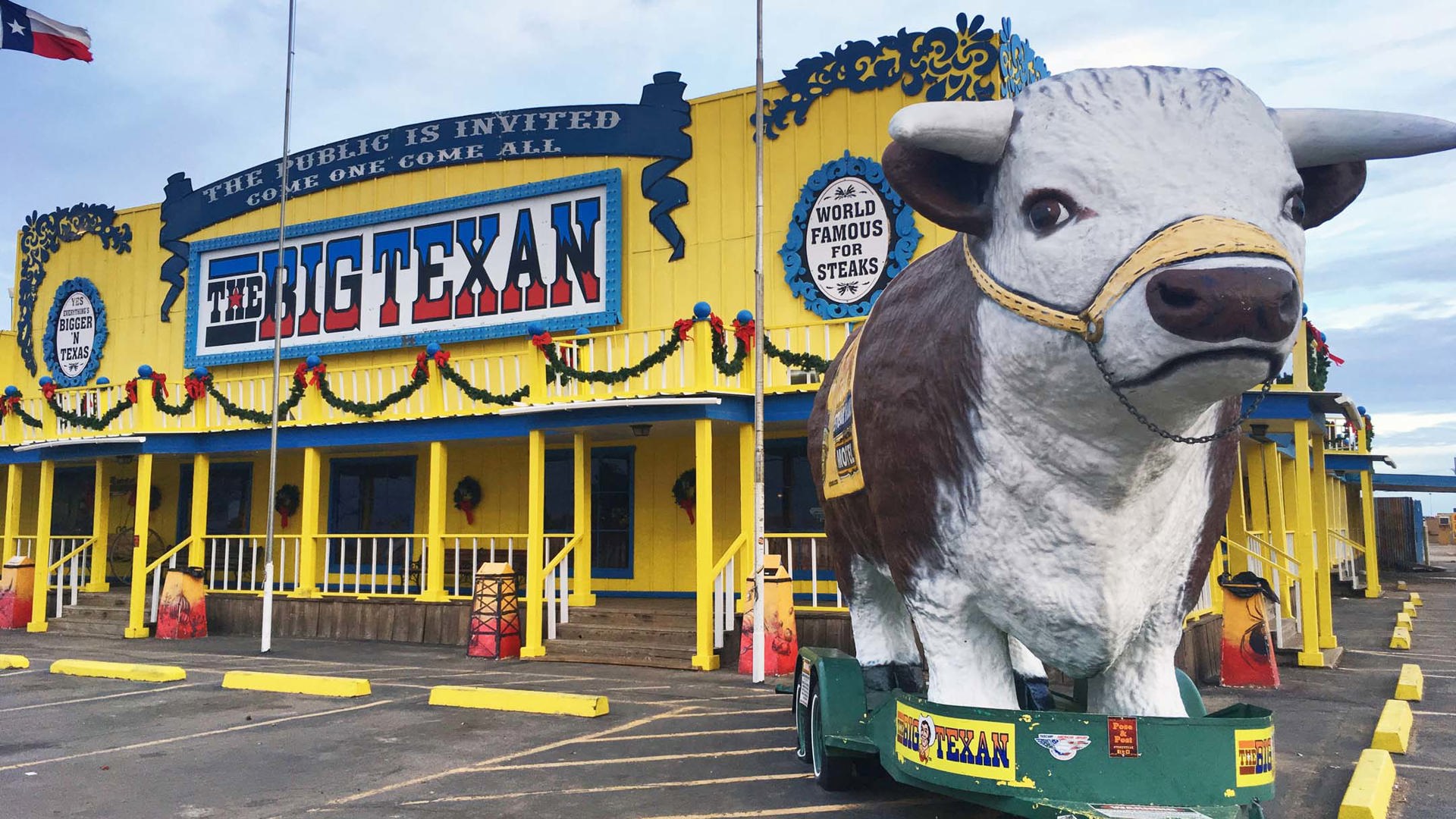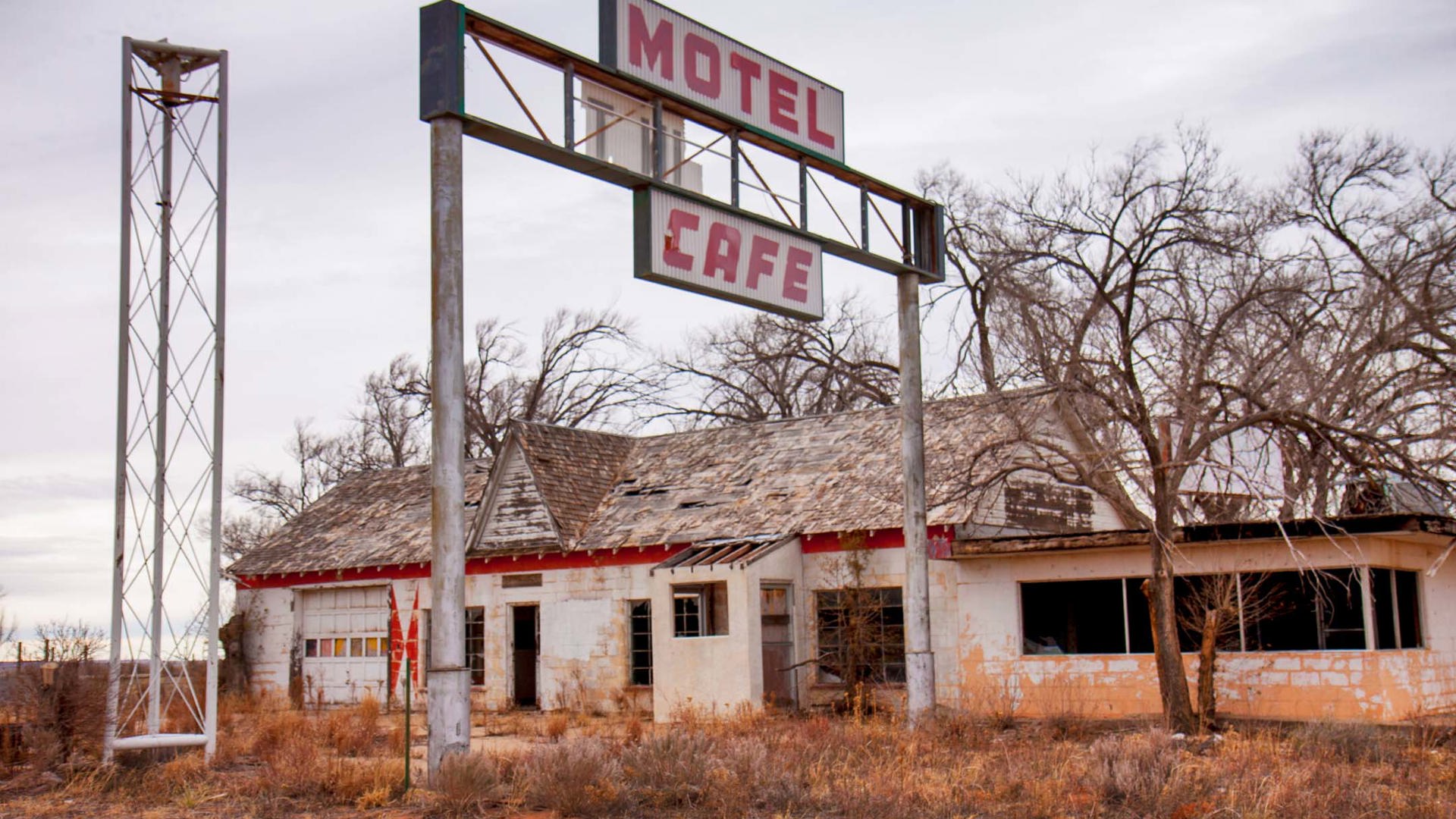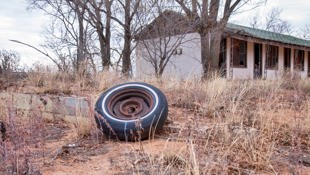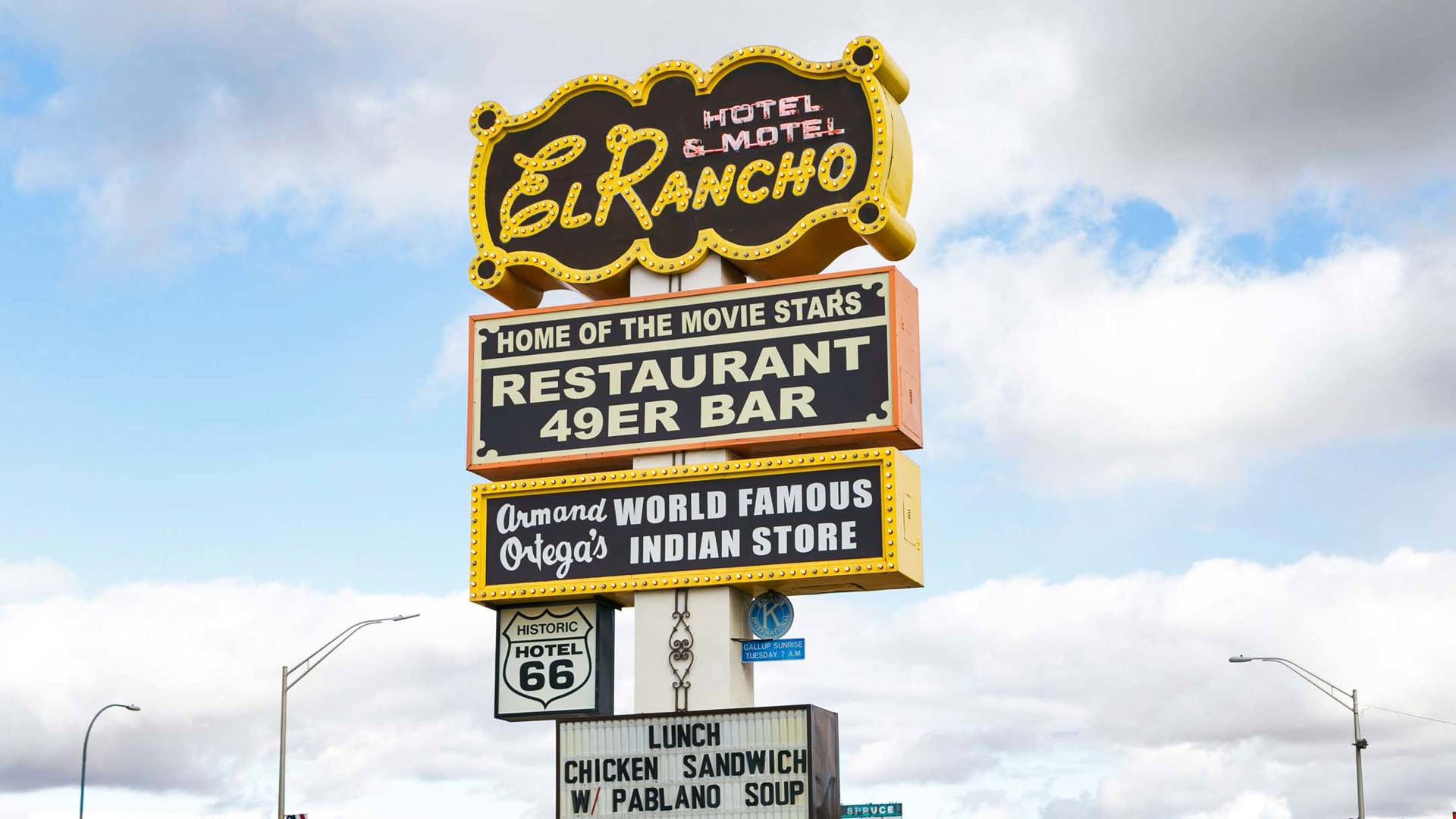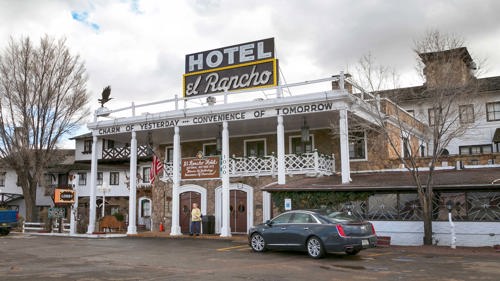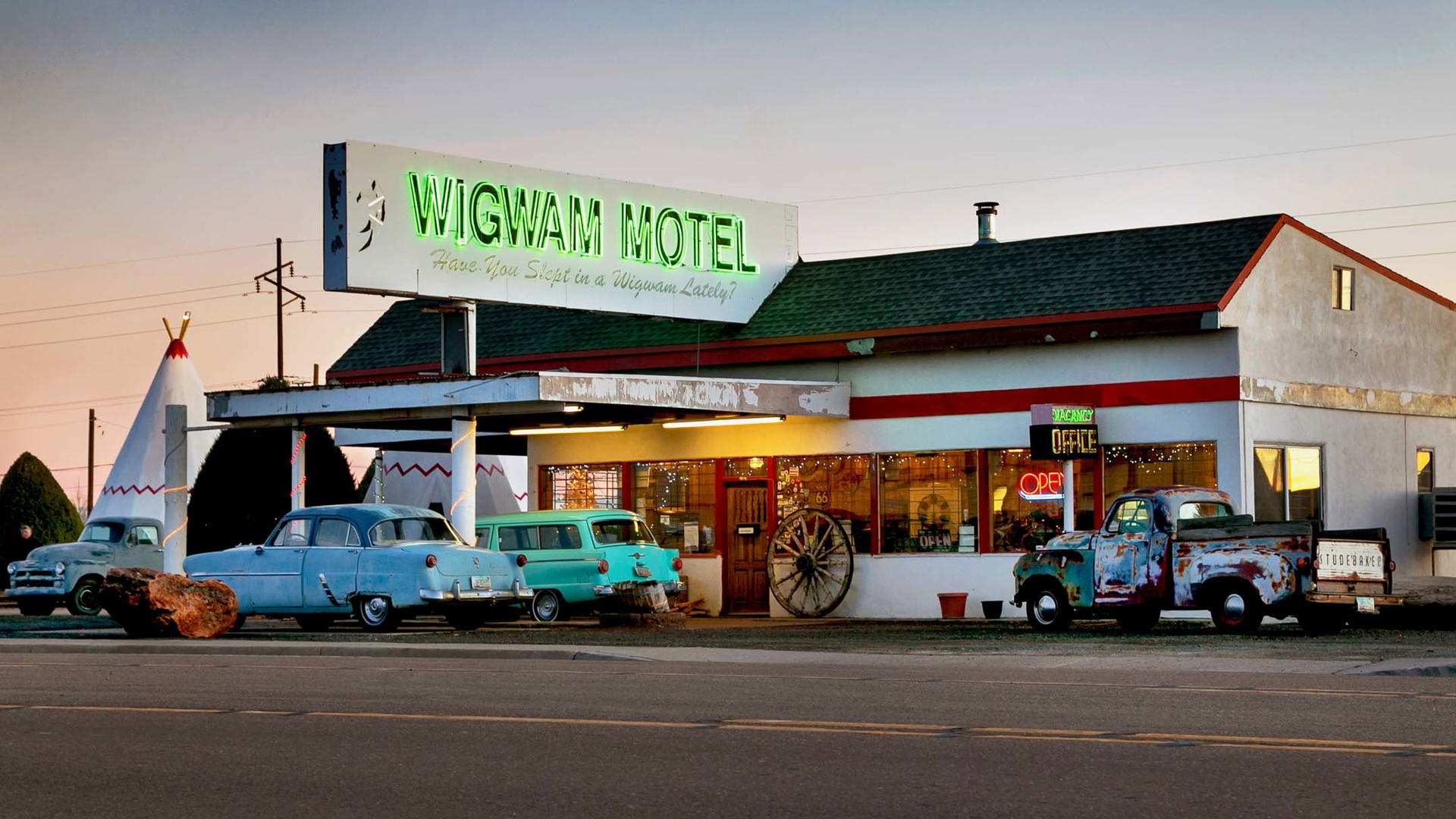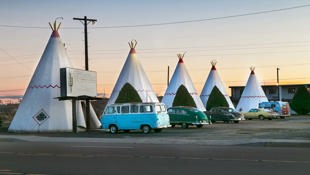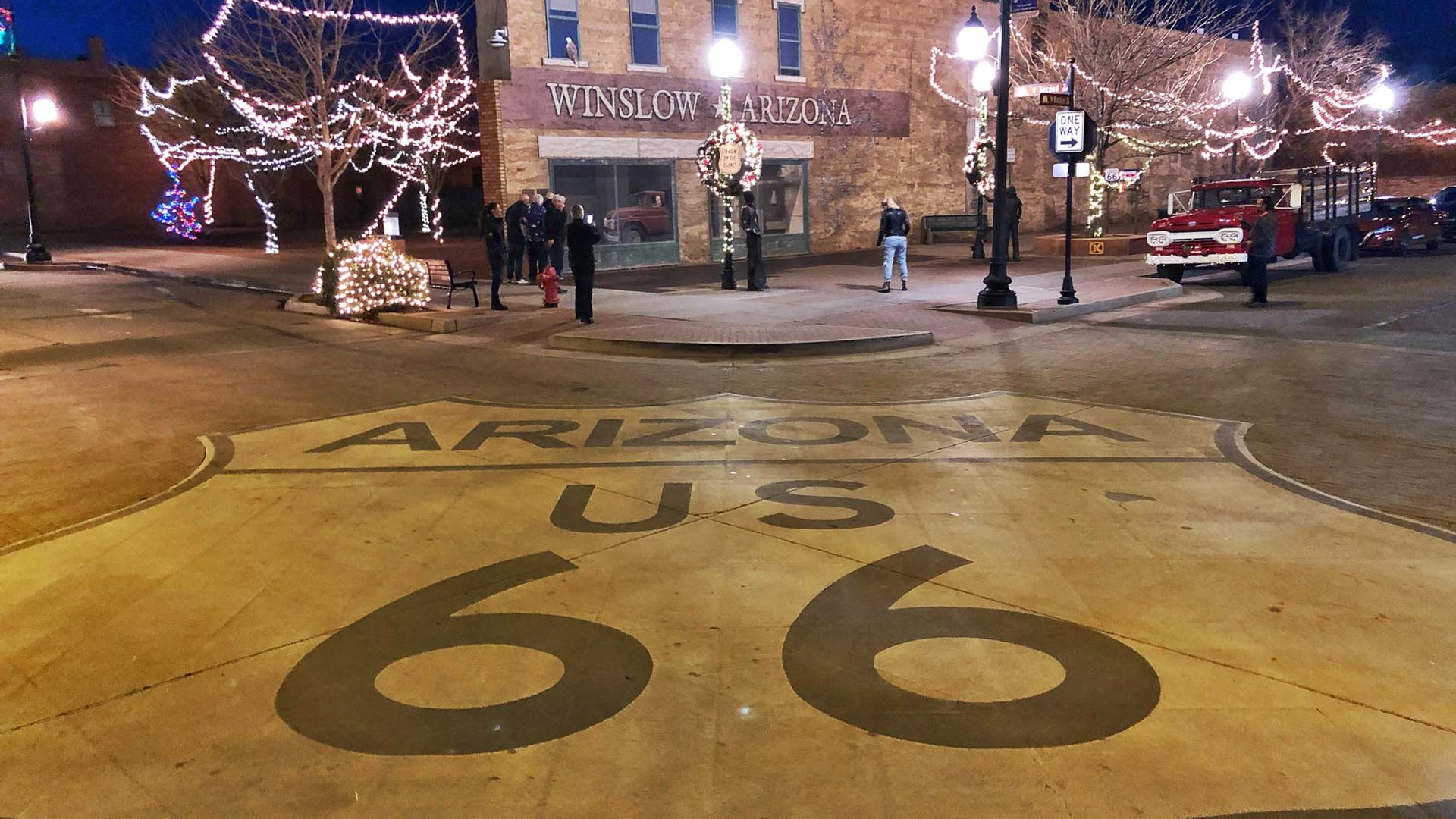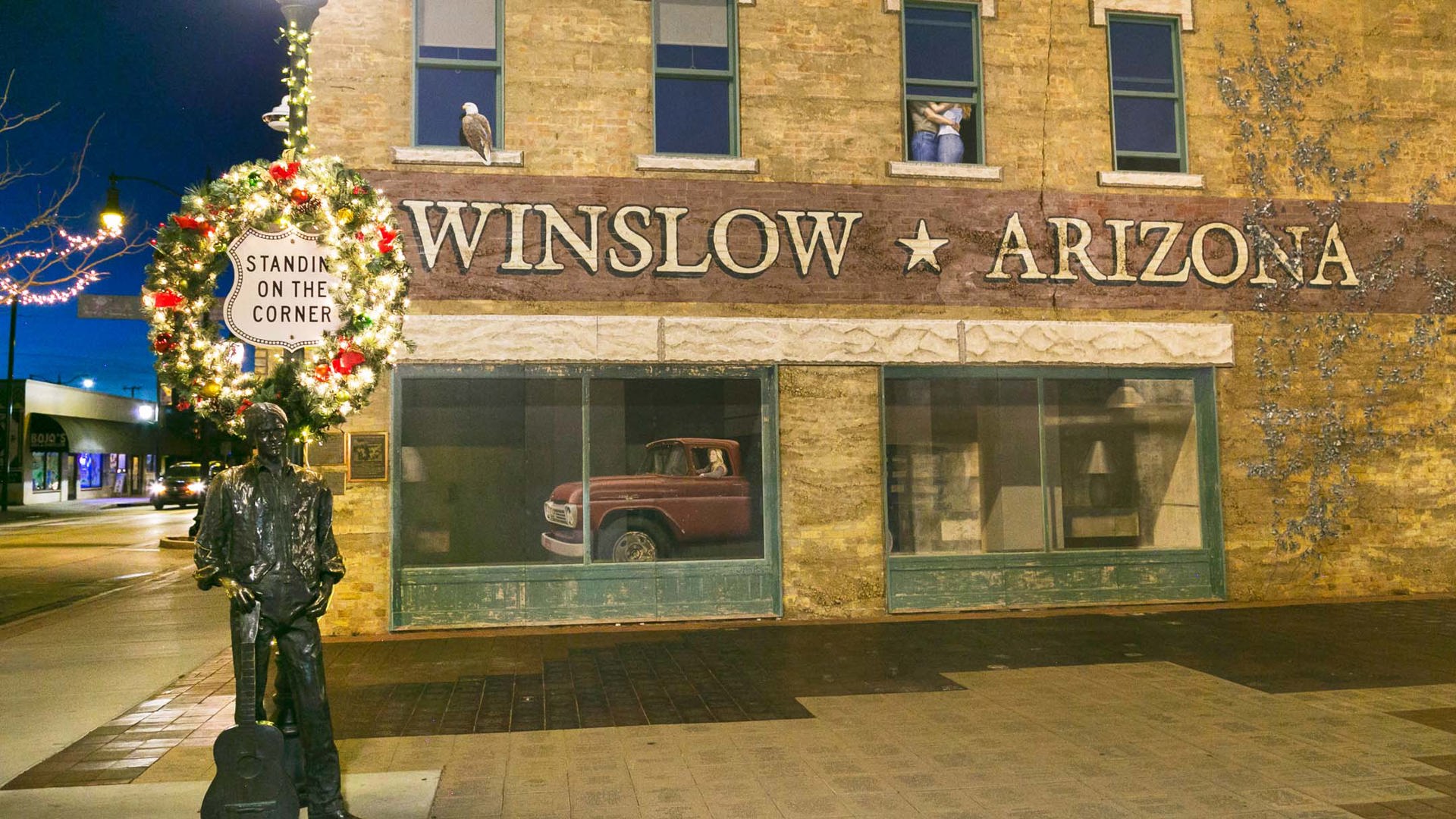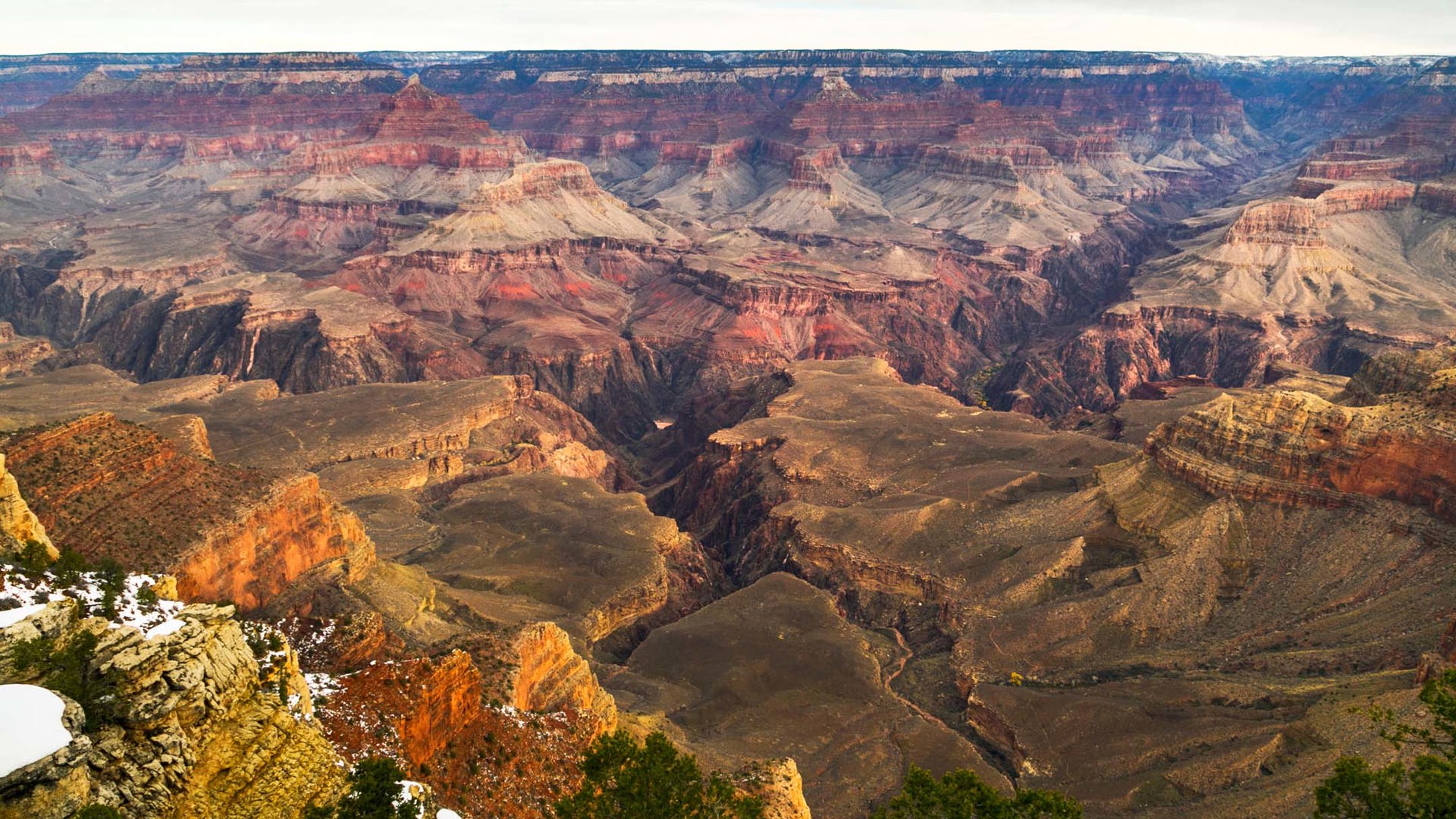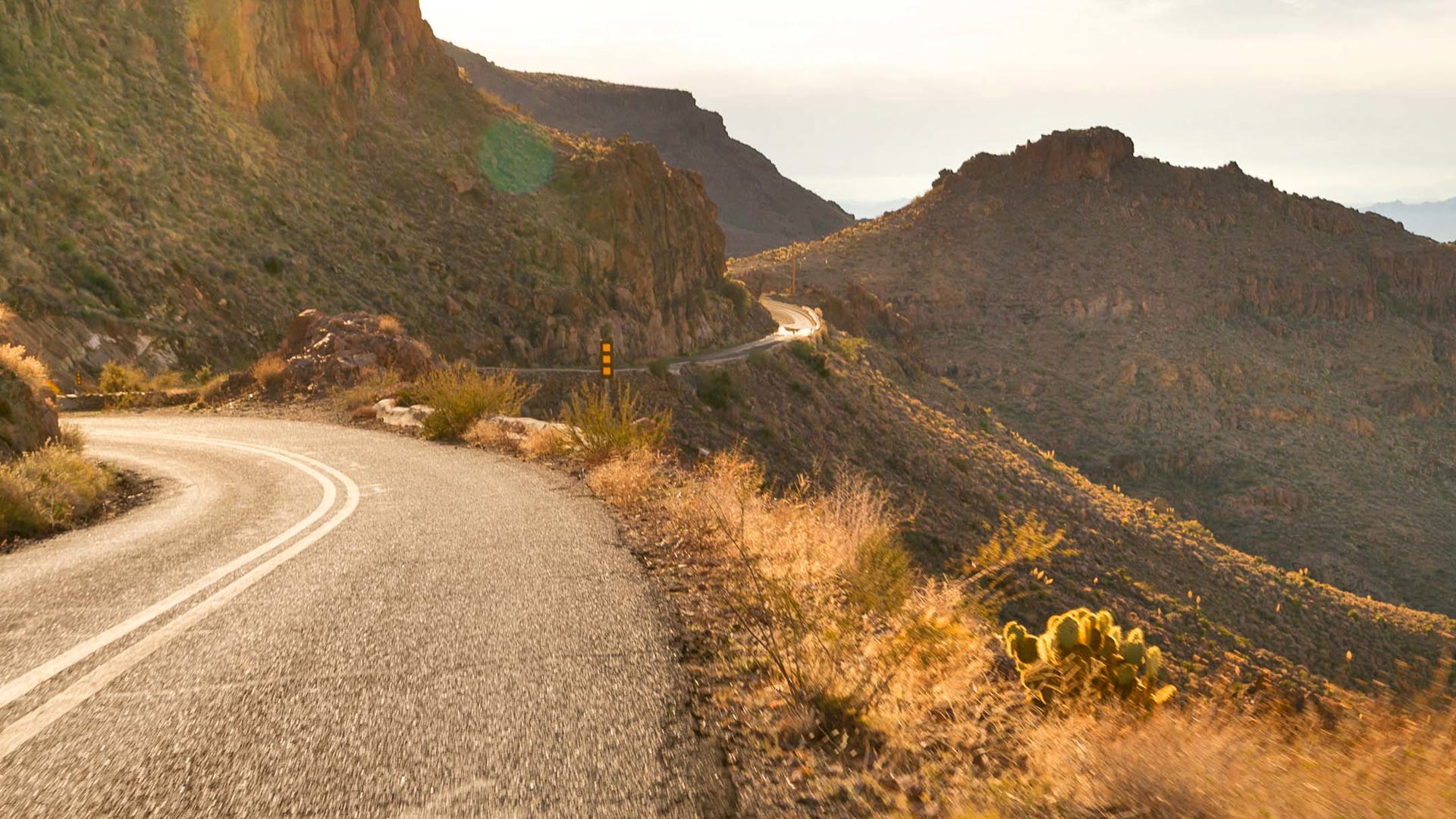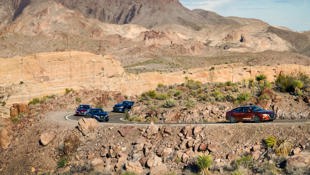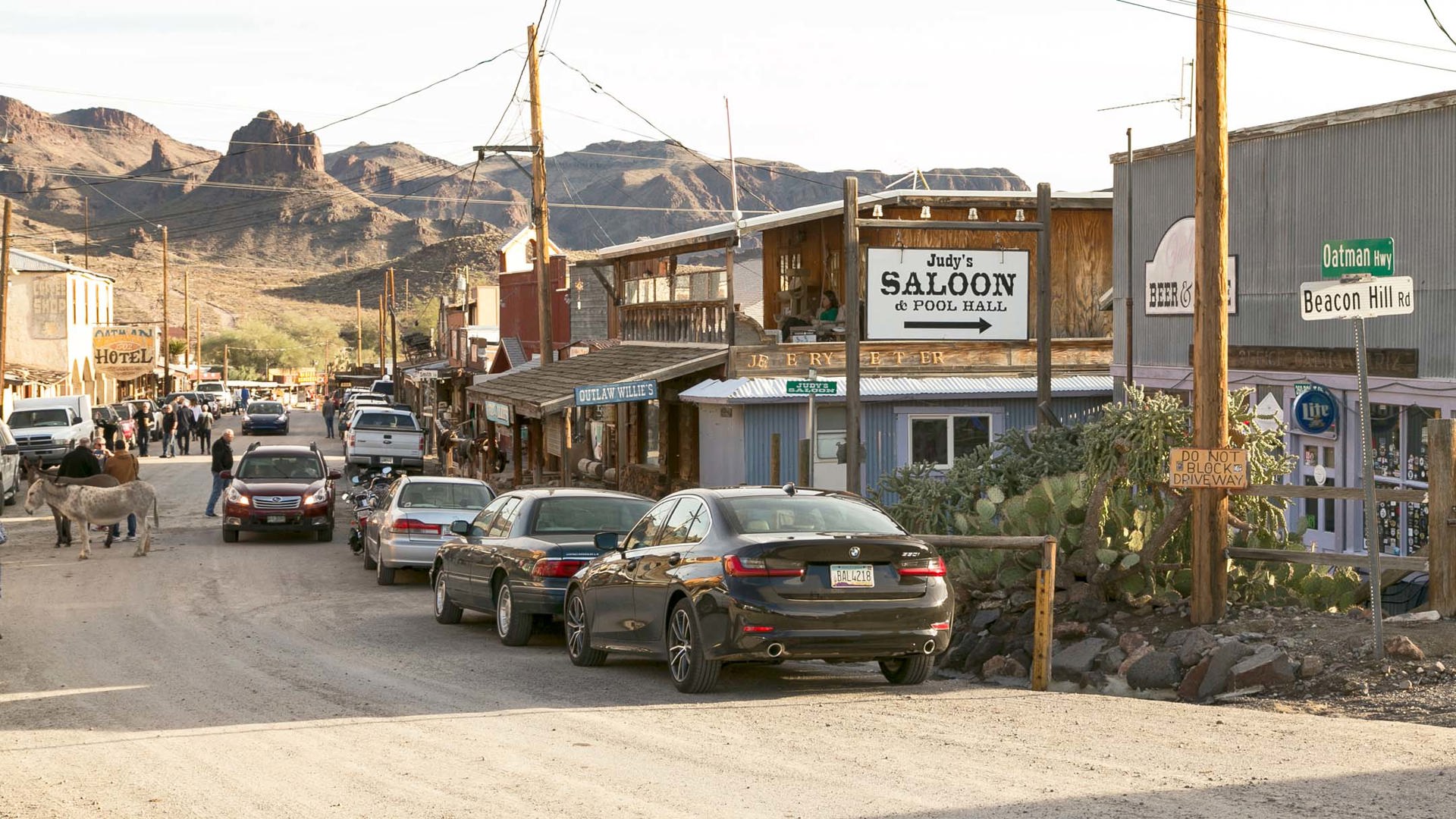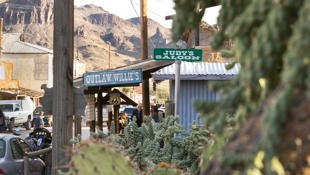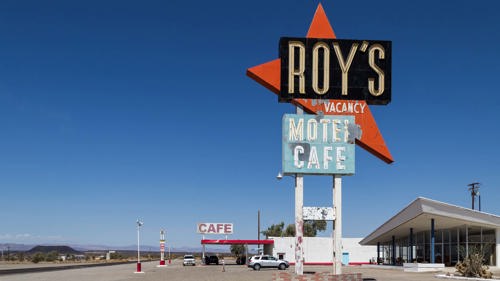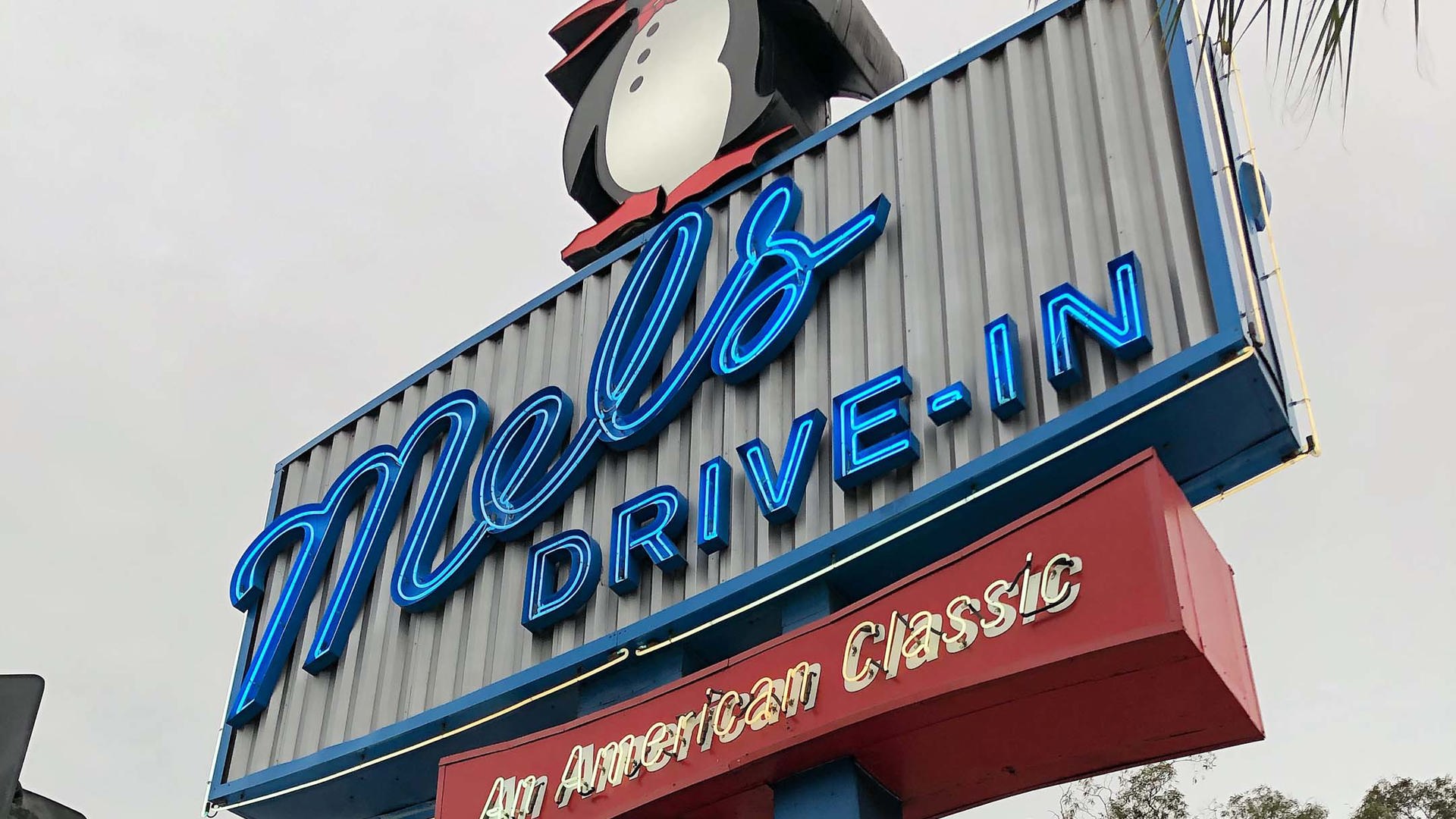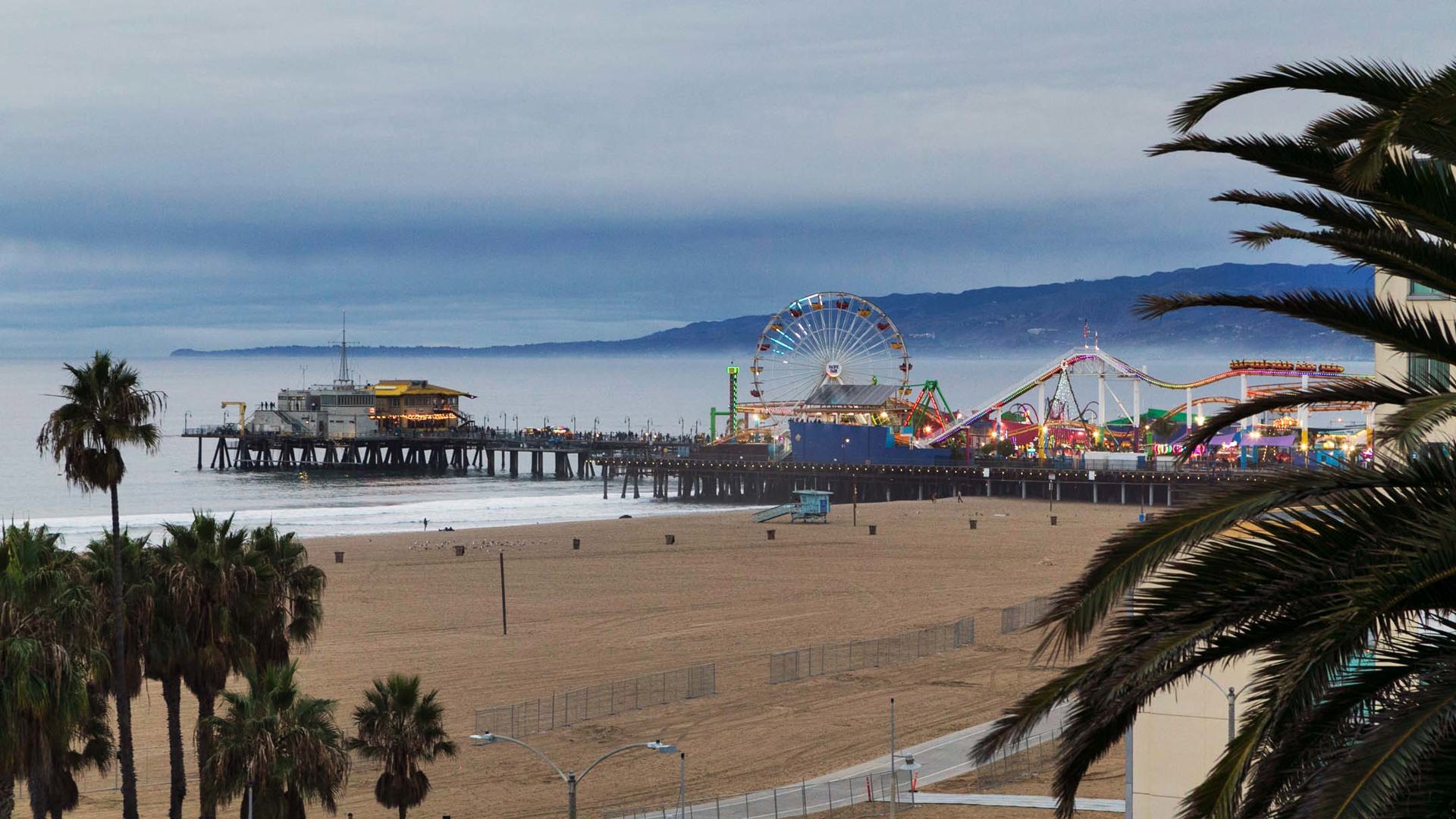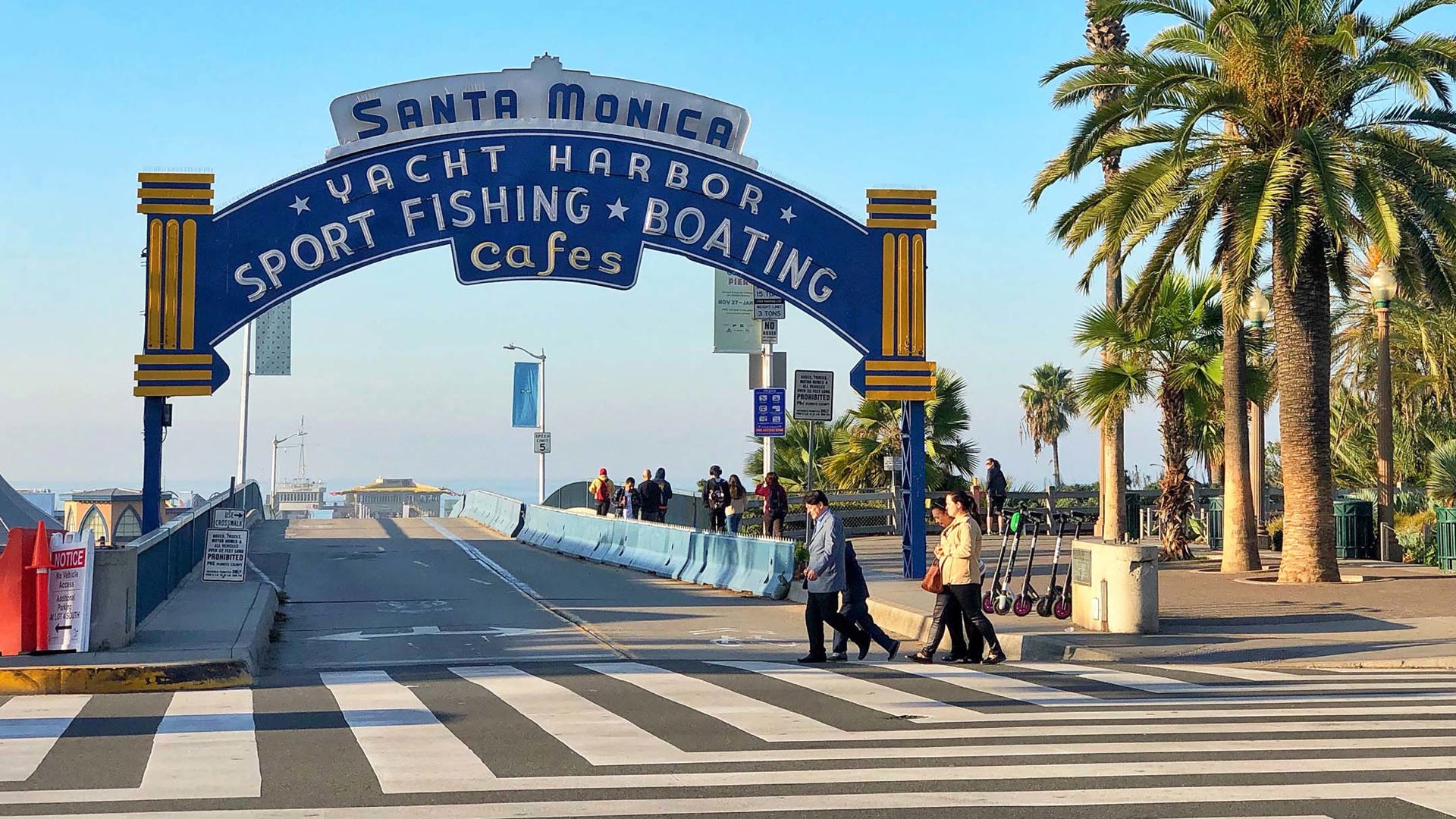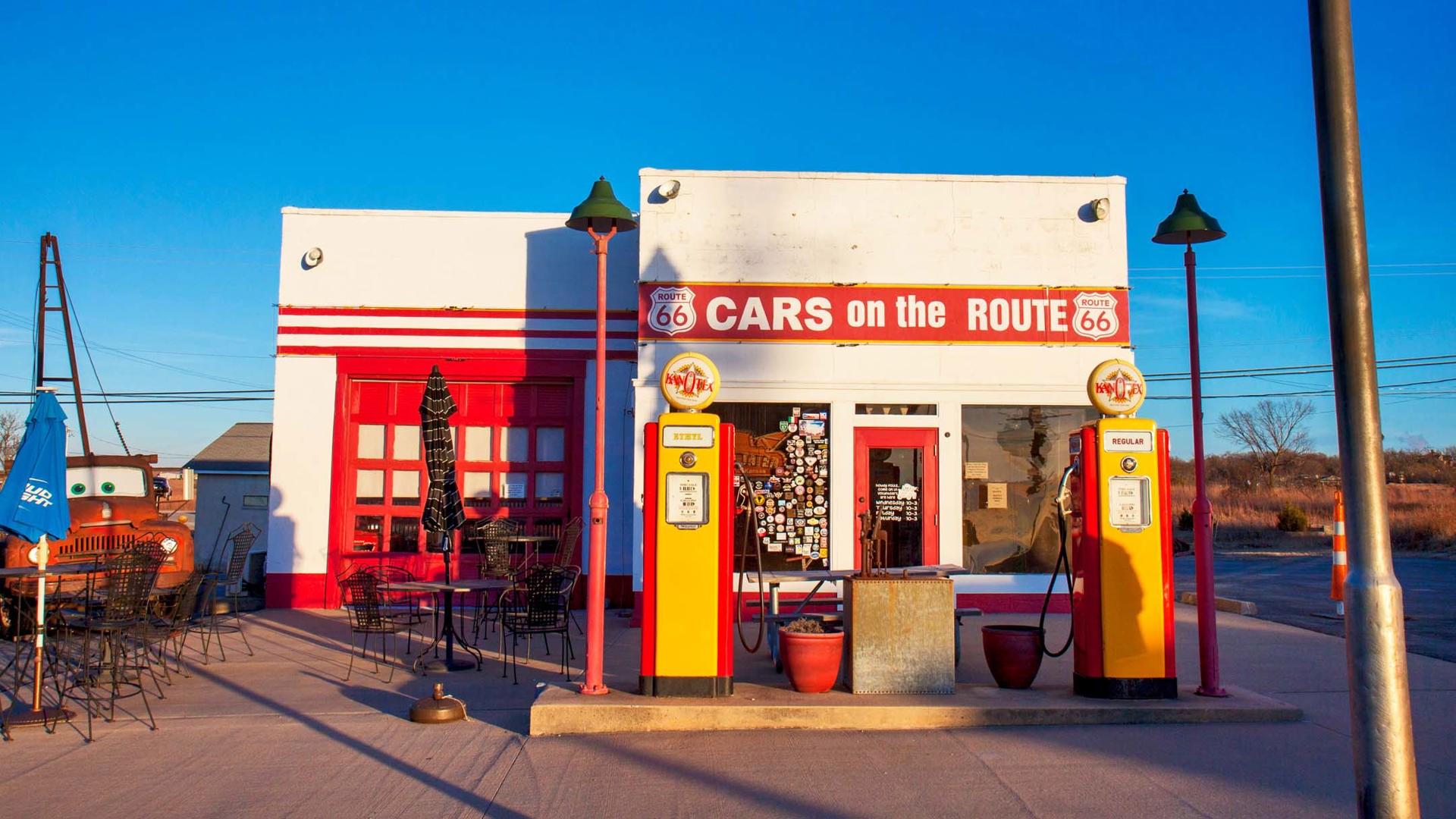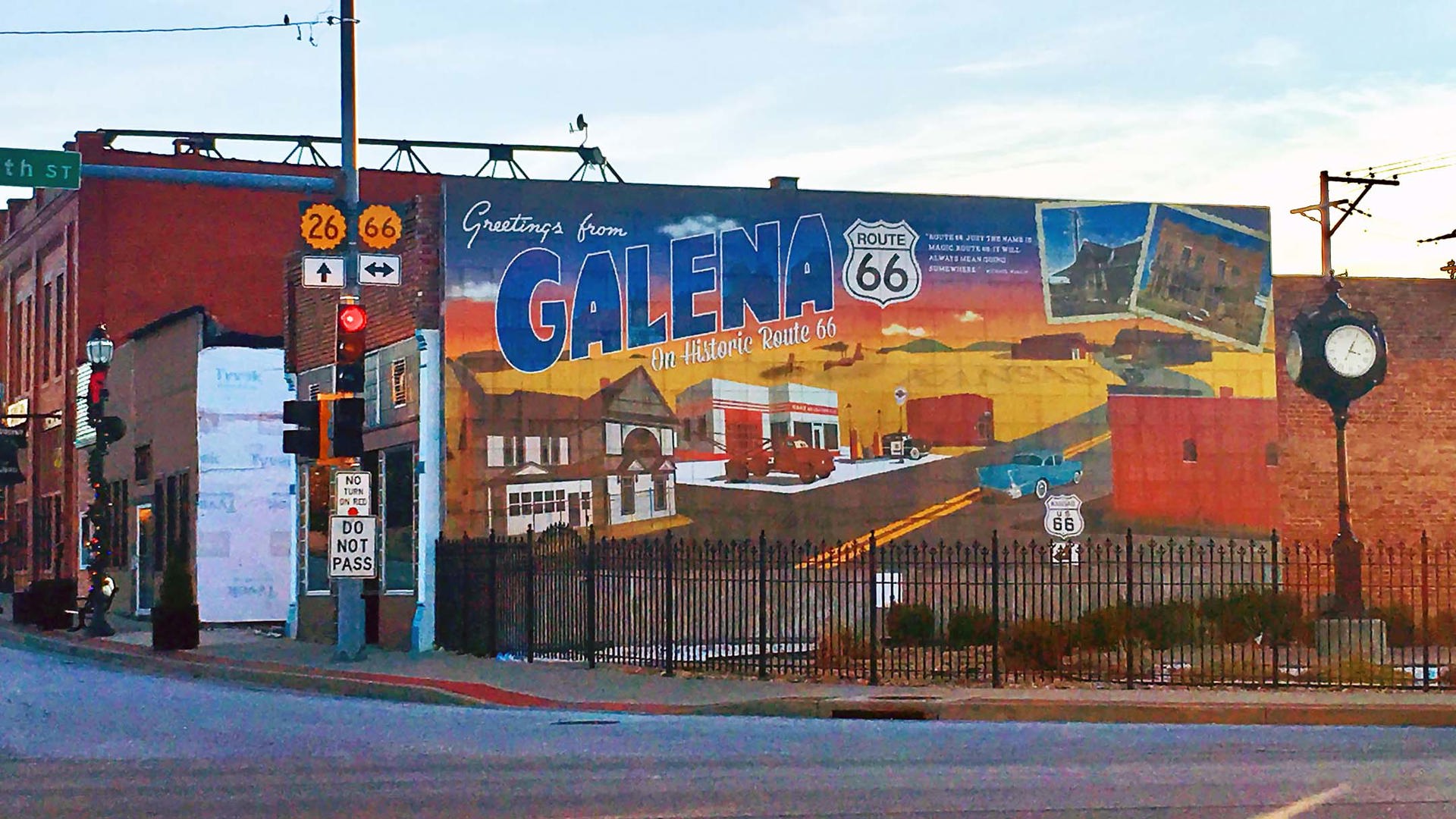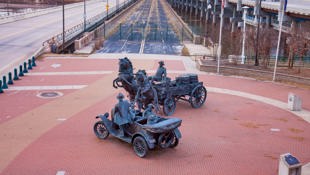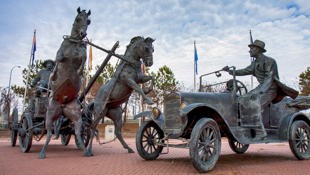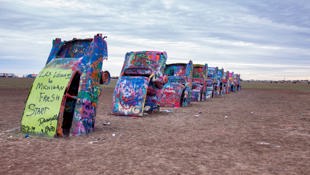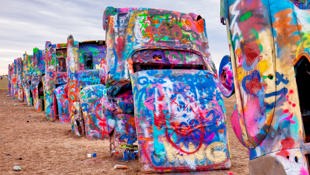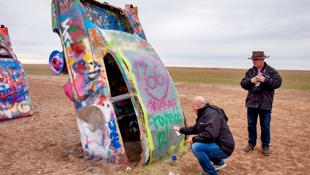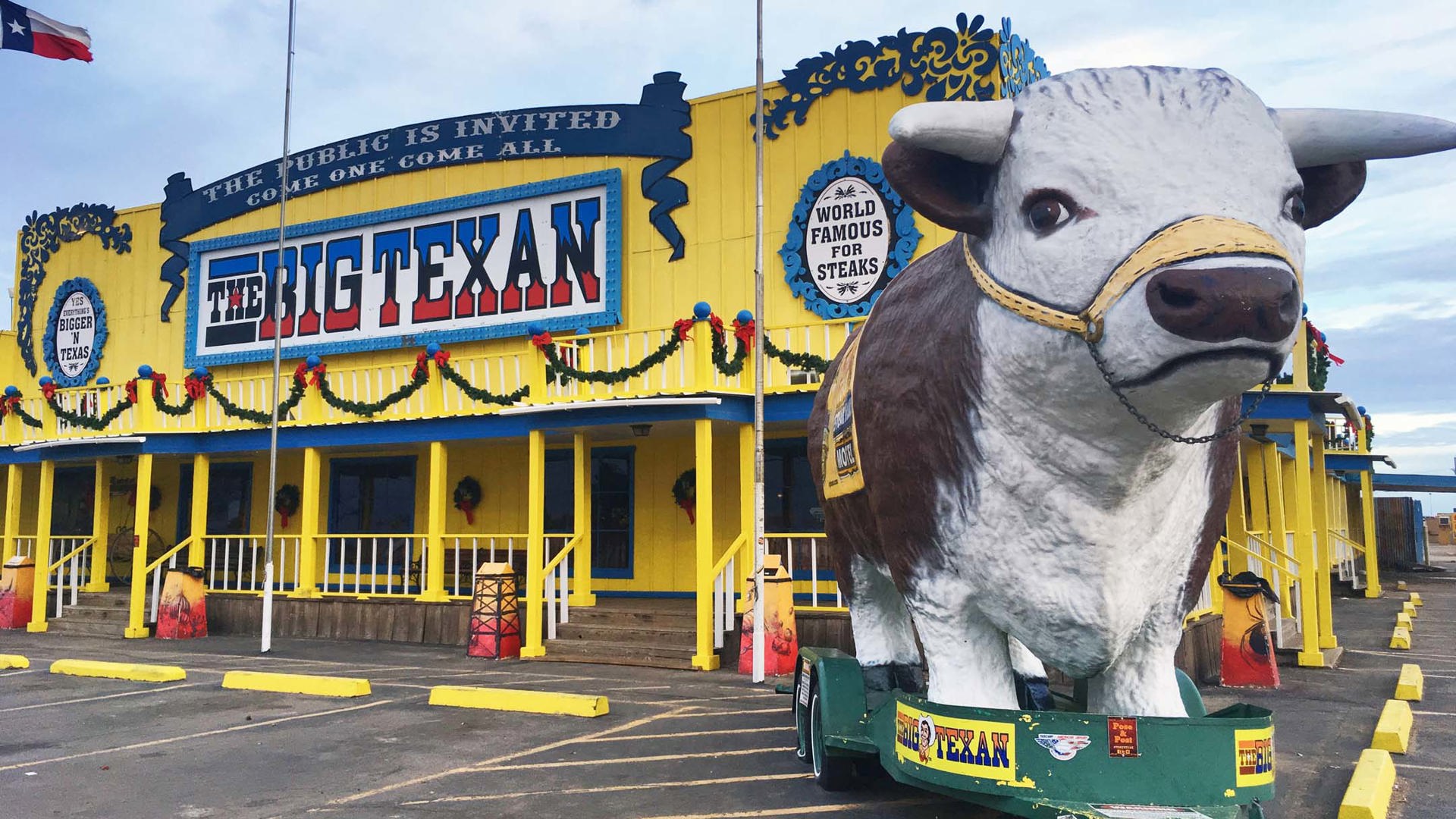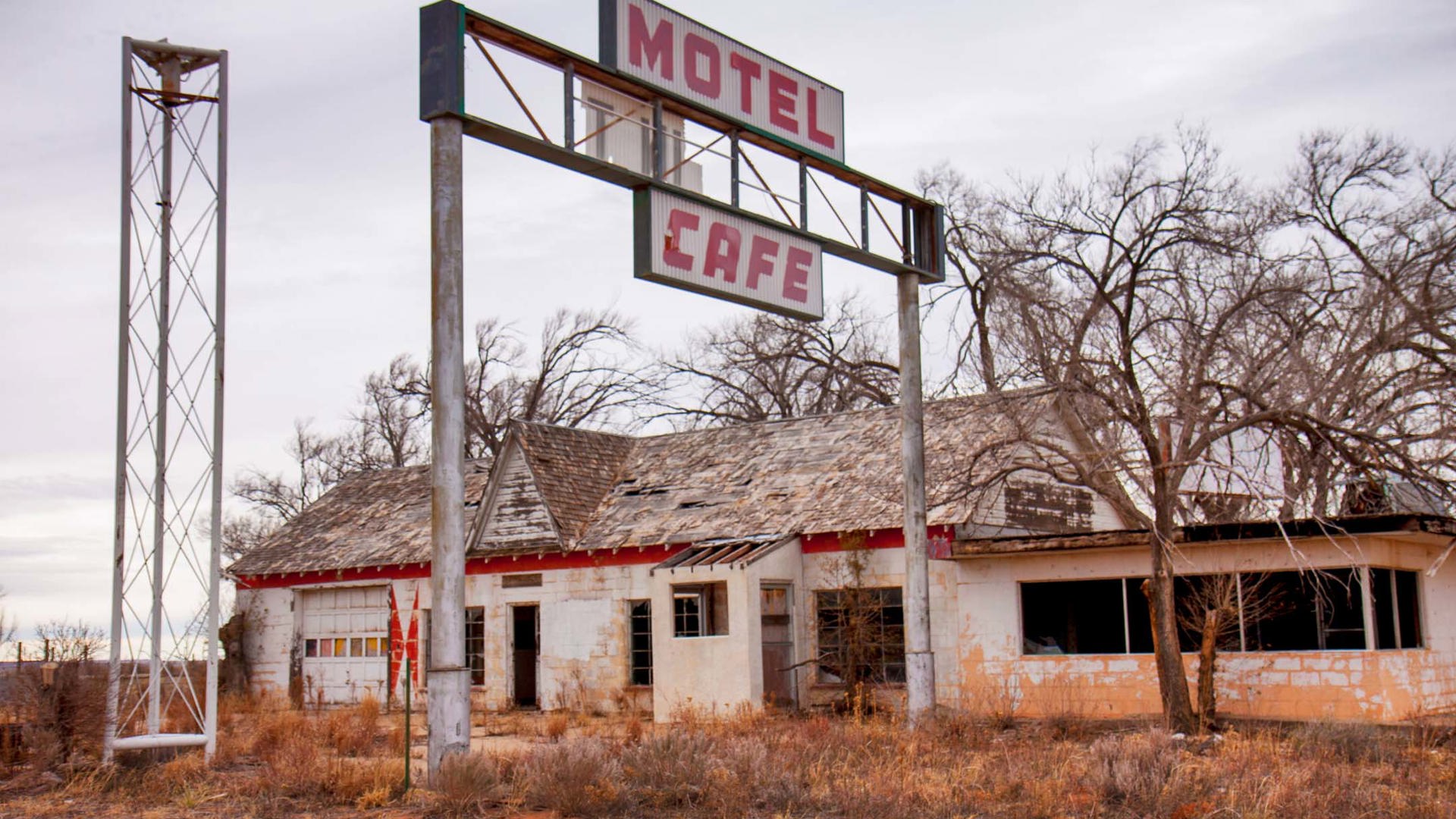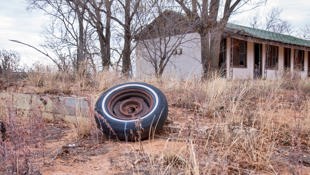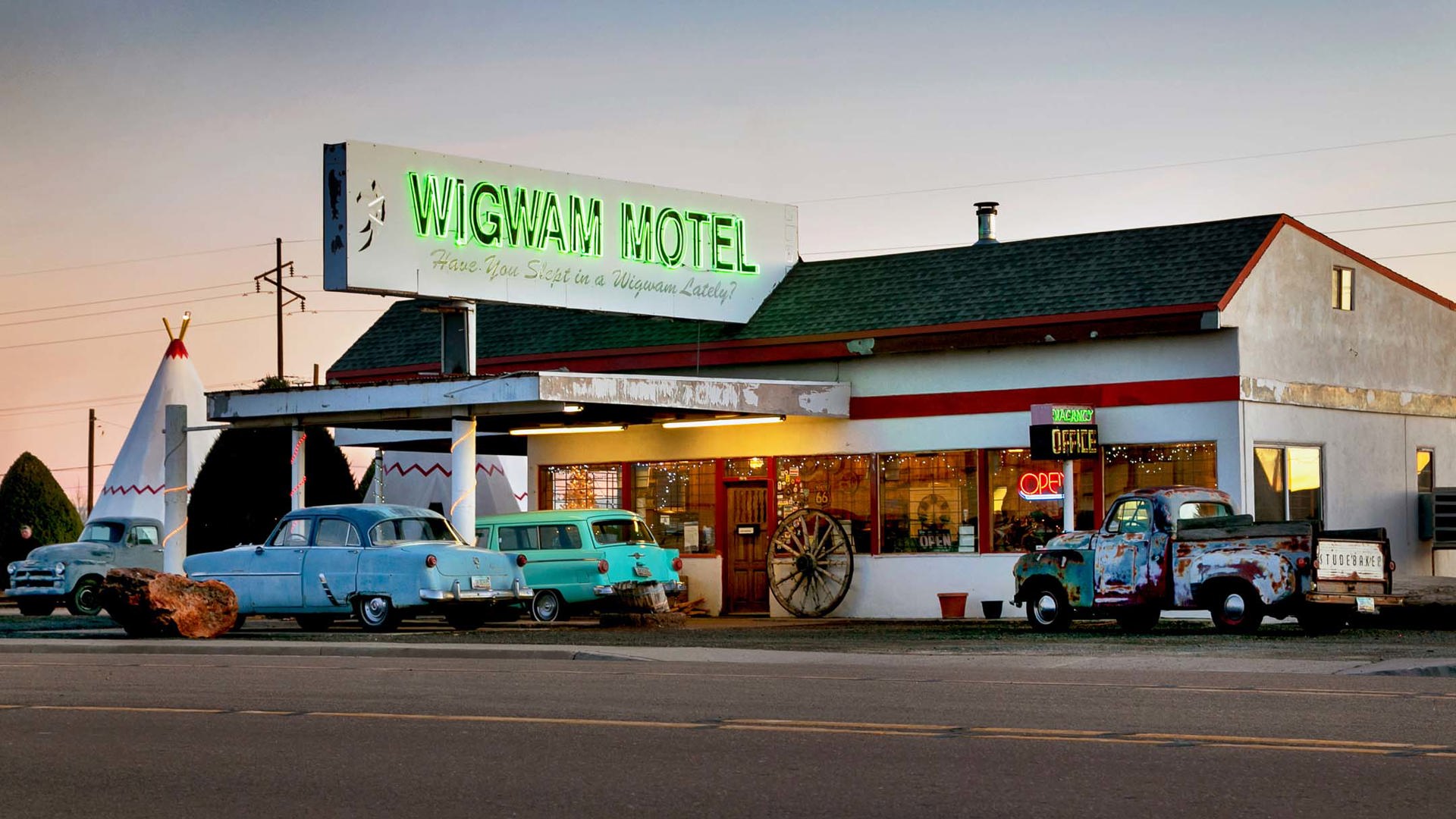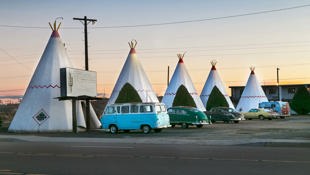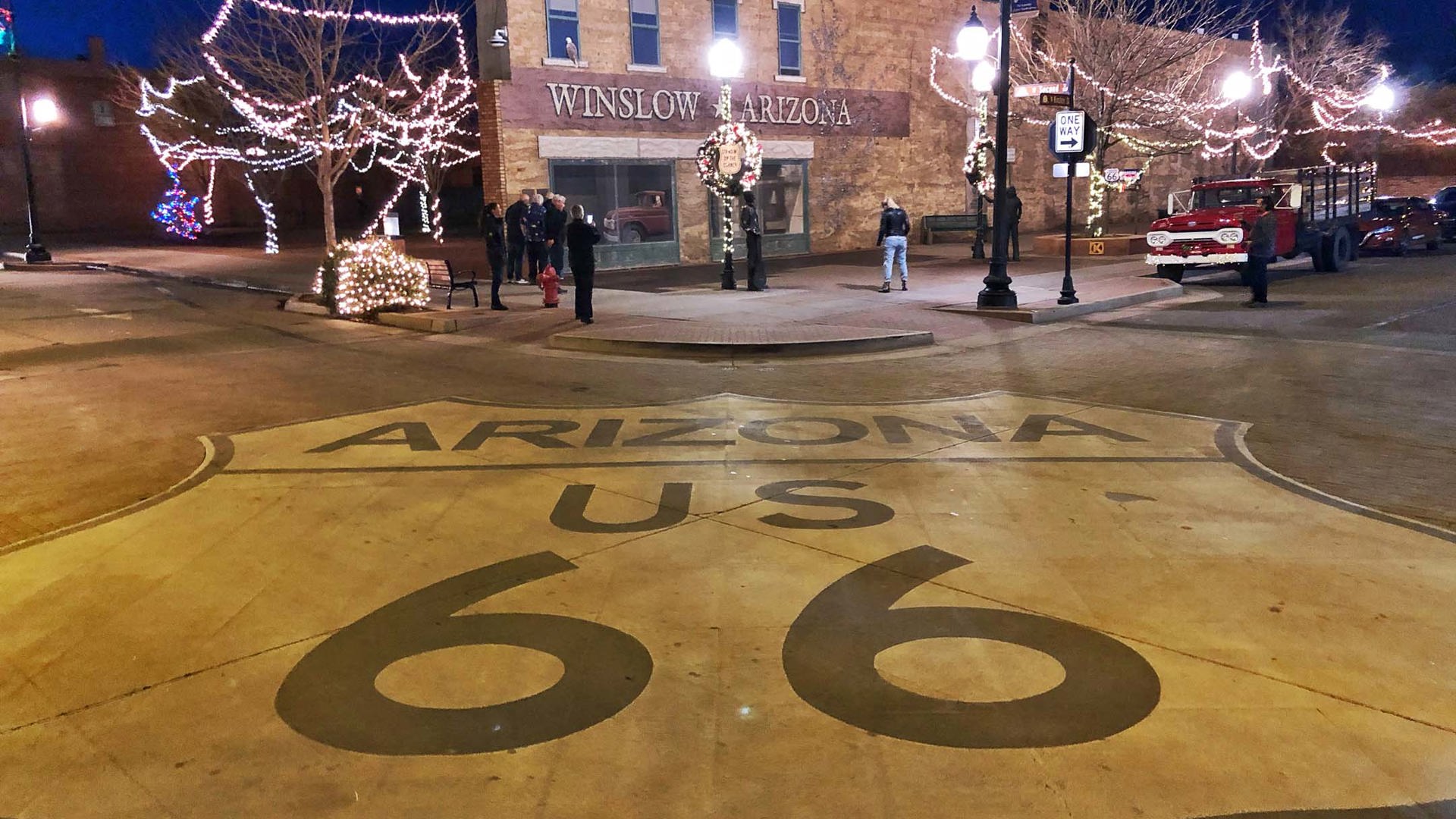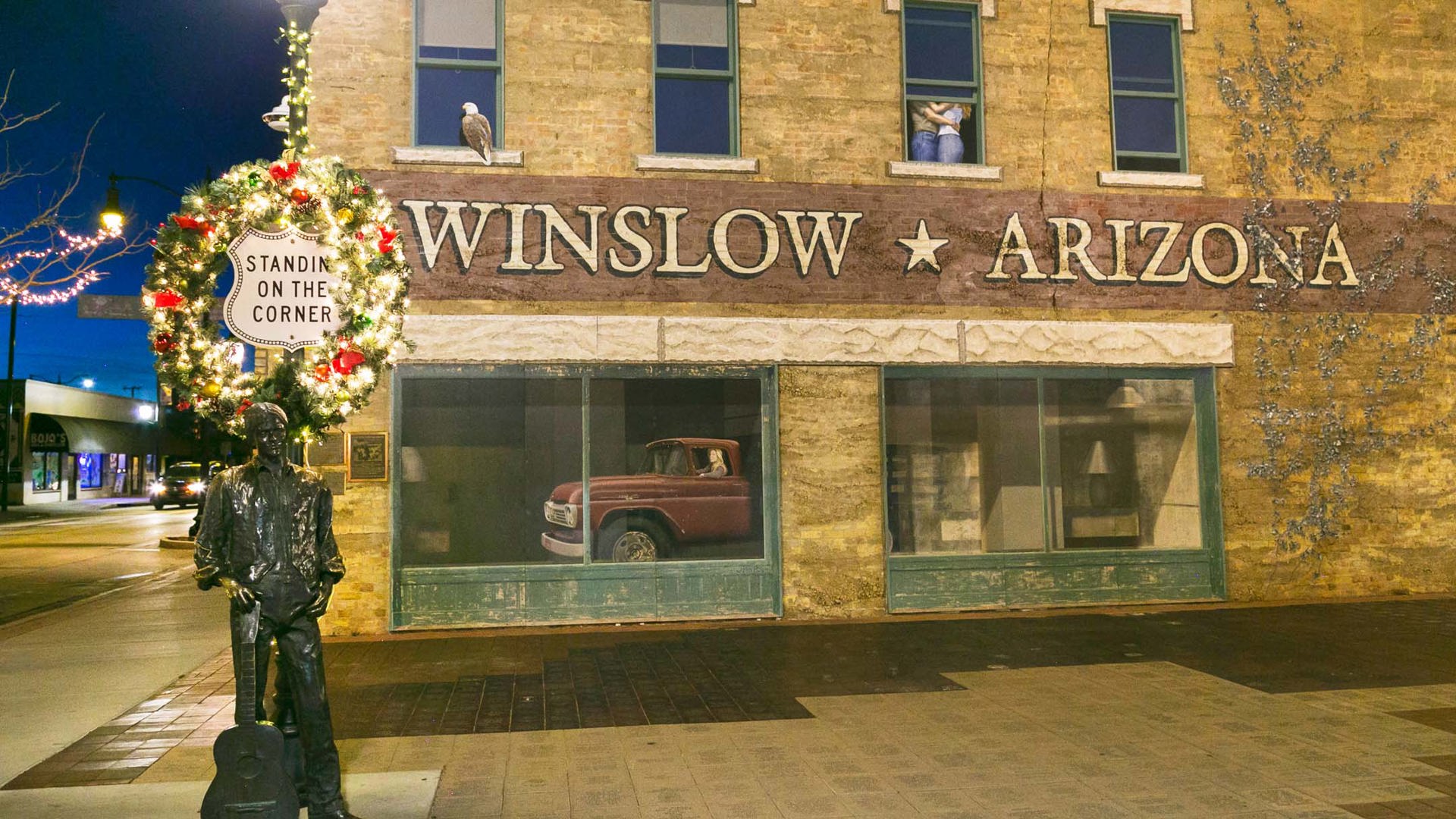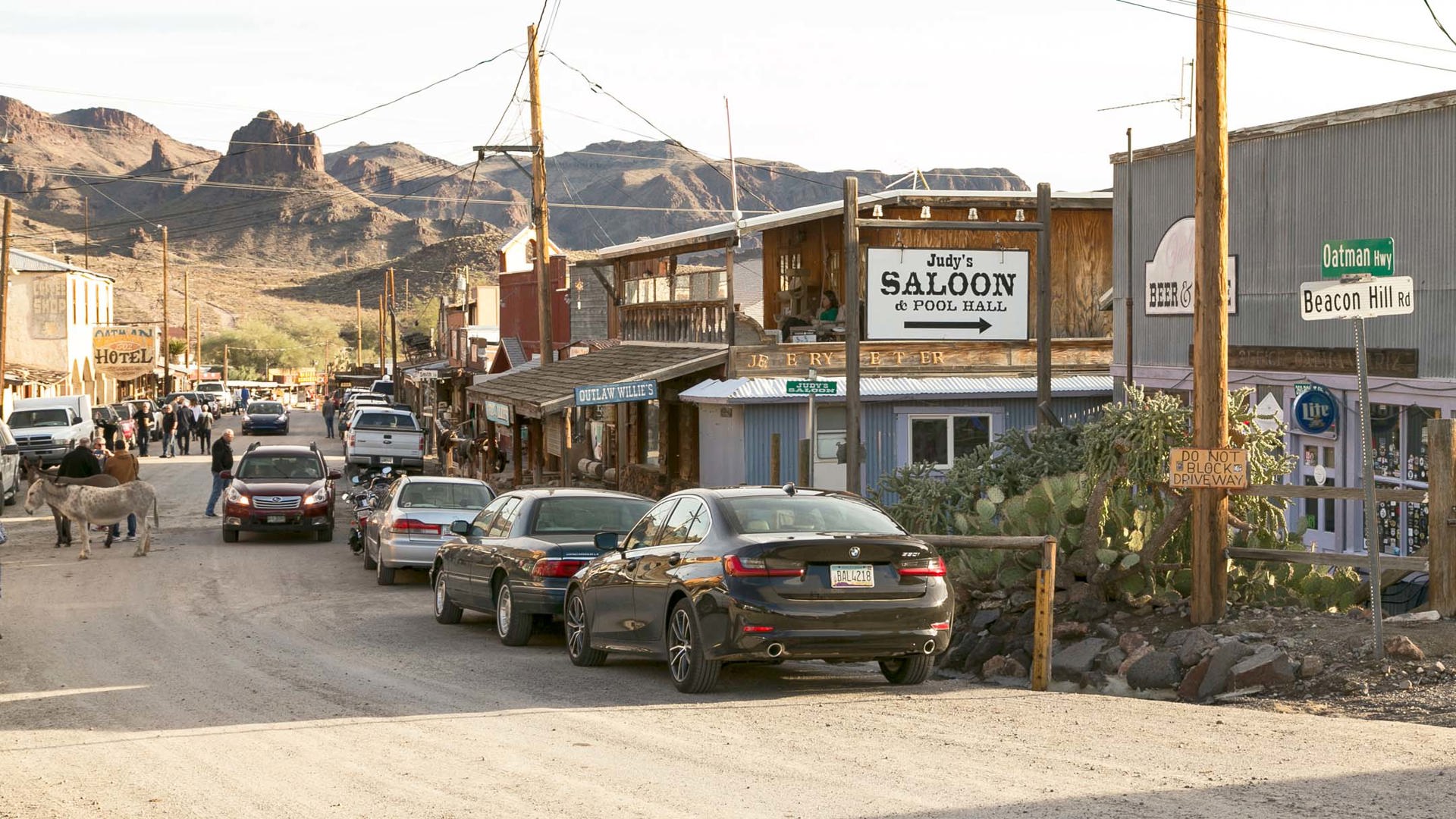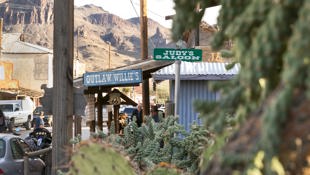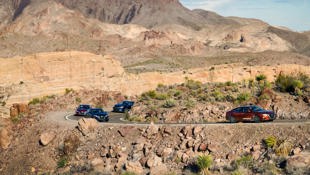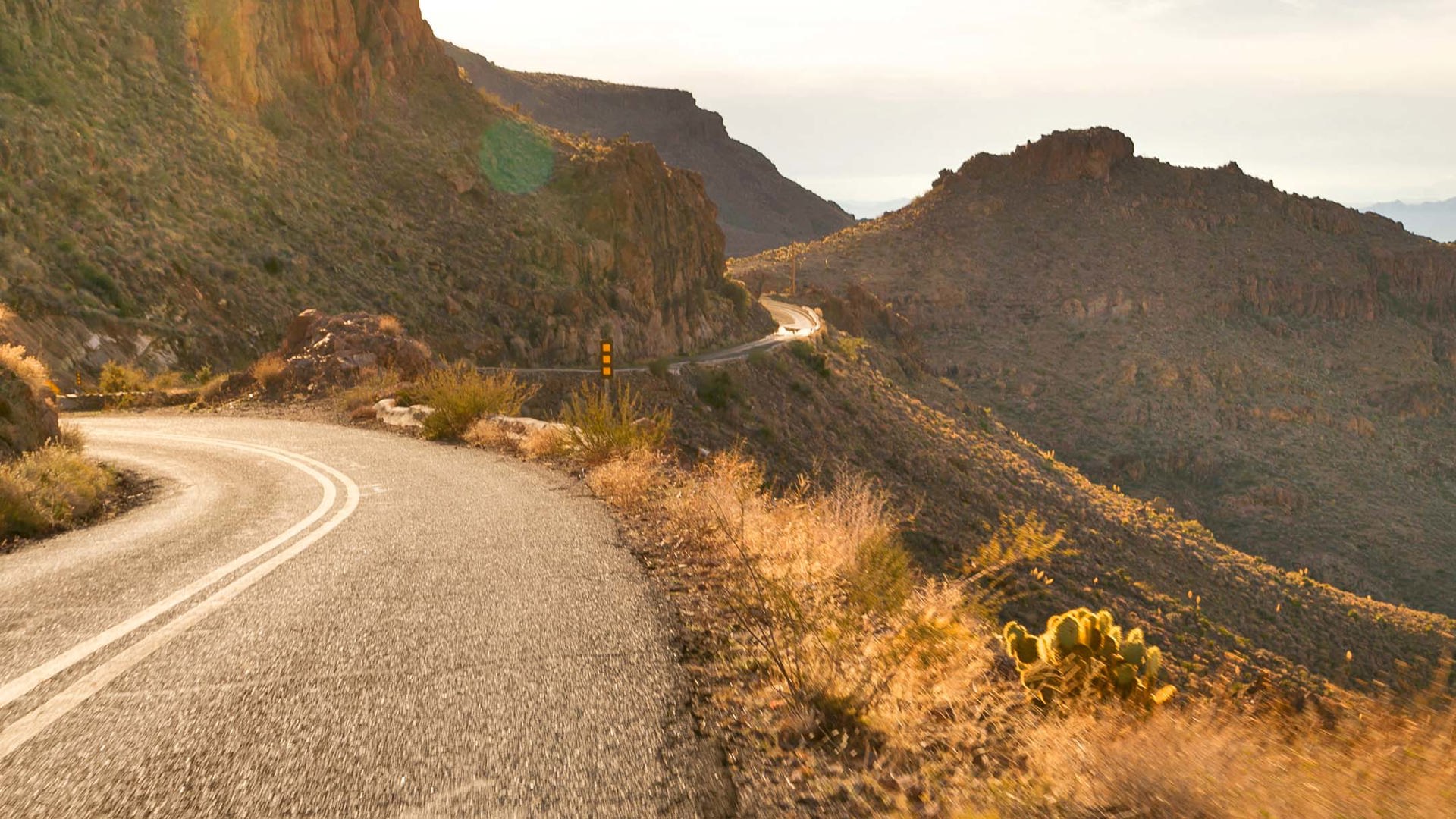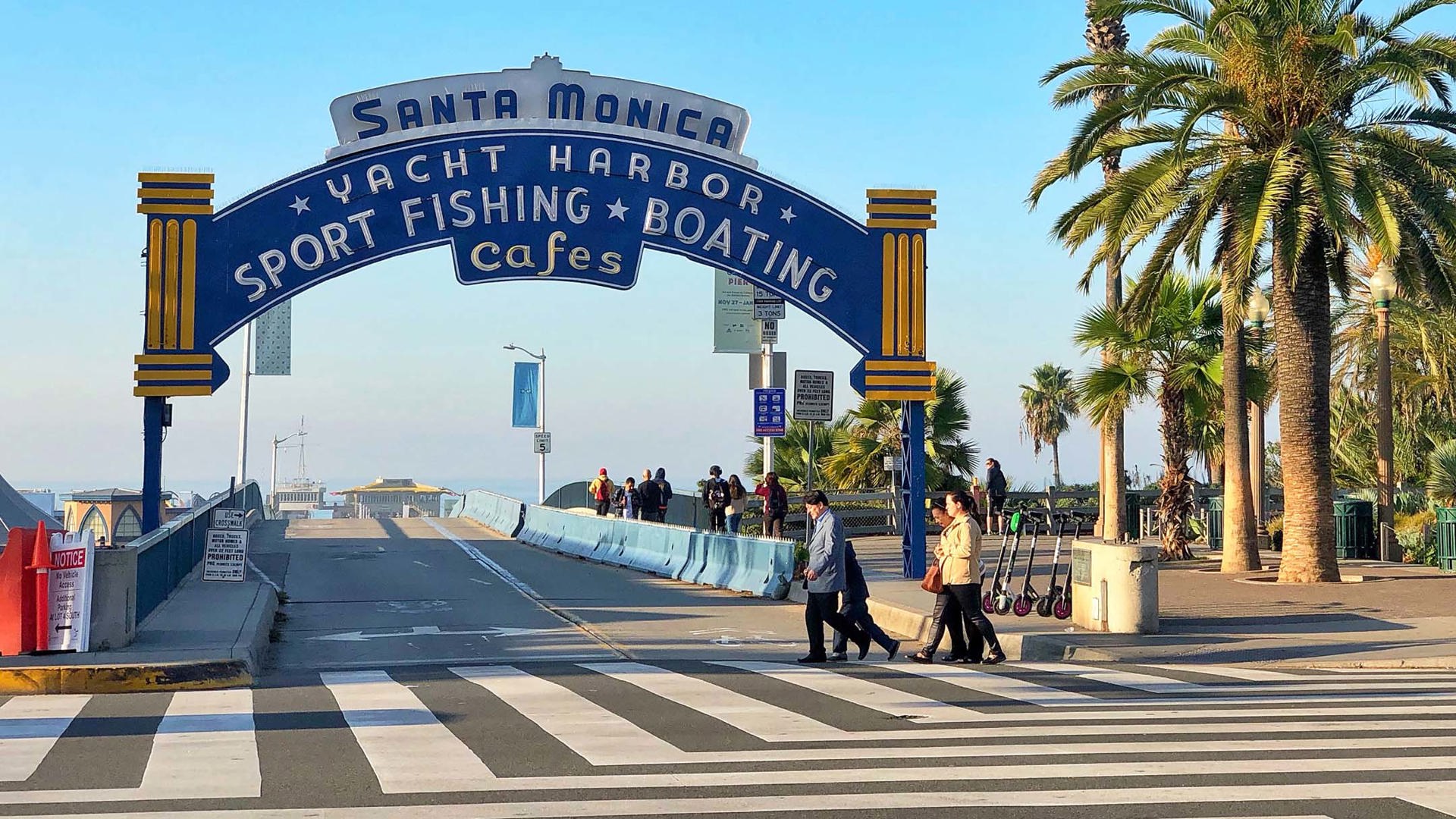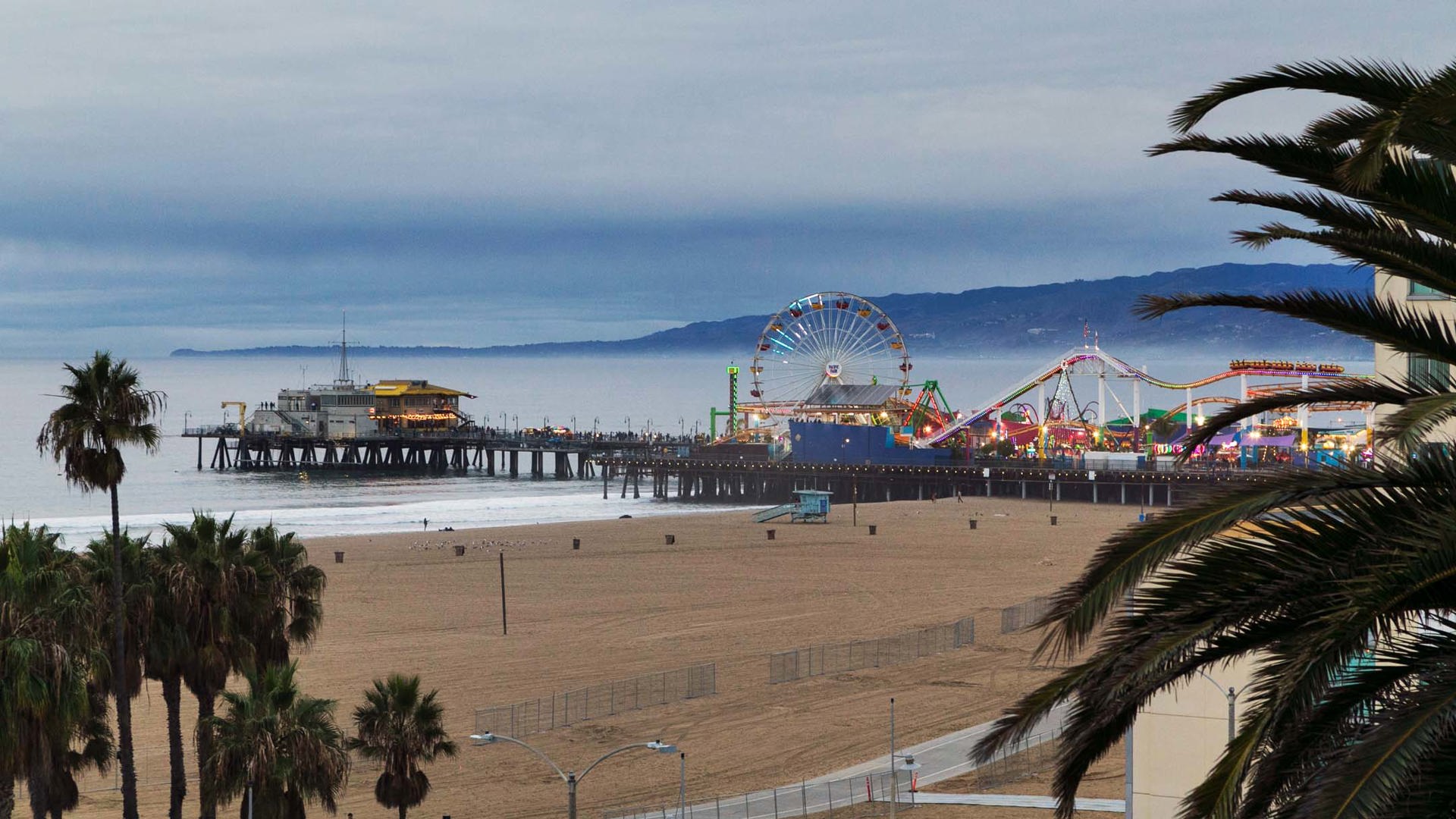The road trip occupies a special place in our culture. It’s a journey as philosophical as it is geographical, a rite of passage that examines our place in this world as much as it does its landscape.
And of all the world’s greatest road trips, perhaps none has had a greater impact upon the North American identity than Route 66. The 3,800 km roadway spanned the continent from Chicago, Illinois, to Santa Monica, California, and played a major role in America’s socio-economic development by allowing uninterrupted transportation of goods between northeast and southwest. Even more importantly, it established the road as a symbol of independence, allowing people to move freely across the country. John Steinbeck’s classic novel The Grapes of Wrath referred to Route 66 as “The Mother Road”, when during the Depression, it beckoned to migrant workers desperate to flee the dustbowl for a better life in California.
Now, of course, the iconic highway is regarded as a road-tripper’s rite of passage, and a celebration of America’s past. Decommissioned after the arrival of arrow-straight super-highways, the meandering Route 66 corridor is preserved mostly in sections, and immortalized in popular culture through movies, literature, and song. A journey along its length can be interpreted in as many ways as there are people who travel it: the bucket-list adventure for enthusiast drivers; a sentimental trail of nostalgia replete with Art Deco gas stations, classic cars, neon signs, and kitsch; or a sobering closeup of the economic devastation of small-town America.
Convoying from Chicago to L.A. in a fleet of Nissan Altima, Murano, and aptly named Kicks (as in “Get your kicks on Route 66”) we managed to take in as many notable landmarks as our schedule permitted. I drove the first leg from Chicago to Albuquerque, where I handed over the keys to Jeff Wilson, who completed the drive at the Santa Monica pier.
It would be impossible to list everything worth seeing on Route 66. But here is our list of the ten most memorable highlights.
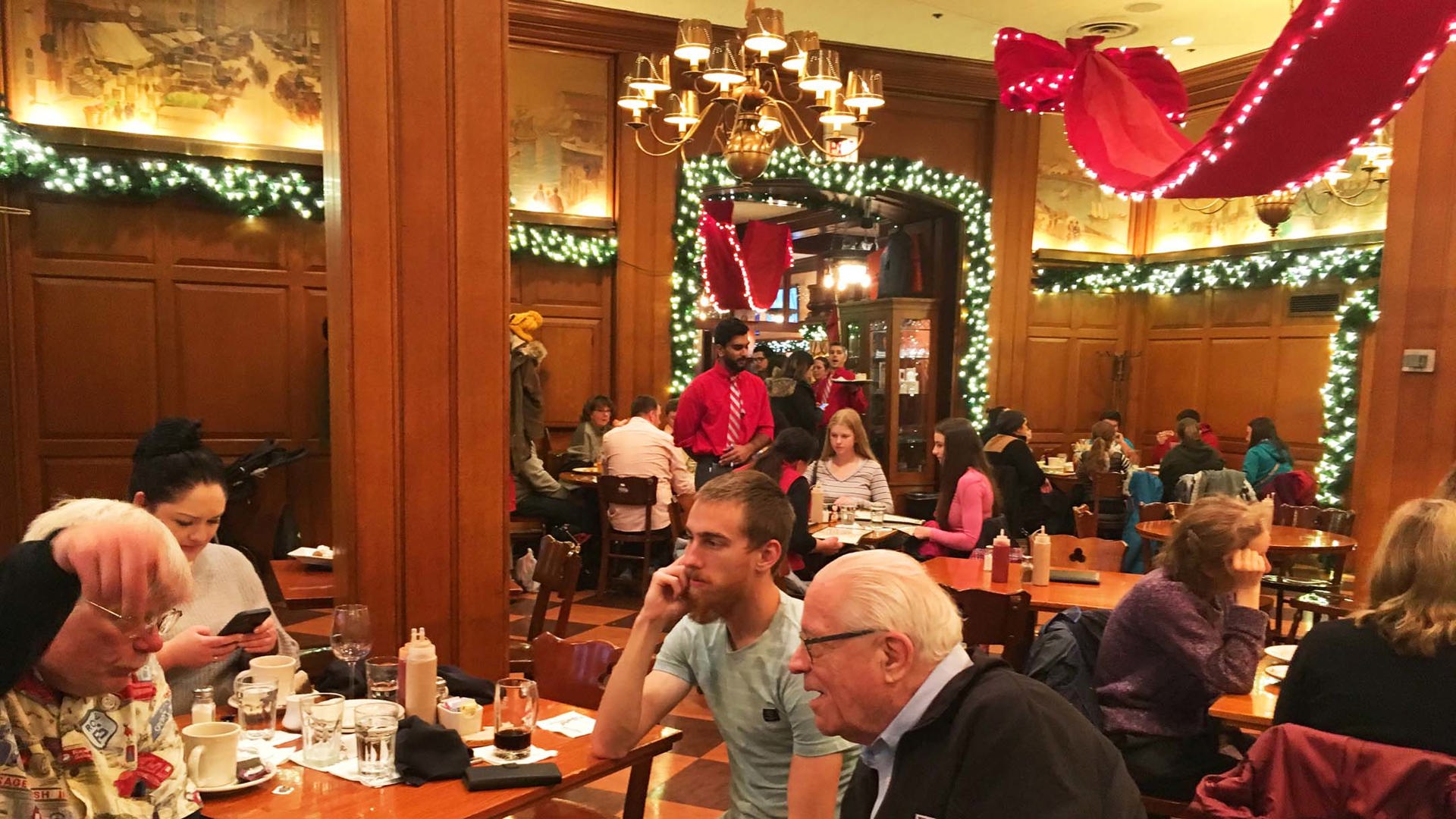
1. The Berghoff – Chicago, Illinois
This Chicago landmark is a great kick-off place to start your Route 66 journey. Entering the Adams Street restaurant is like stepping through a portal in time. One almost expects the next person to come through the door in a waistcoat and pocket-watch. The mahogany walls and subdued lighting evoke a warm, gaslit atmosphere, and the menu is hearty German fare. Originally established in 1898 as a place for its German founder to sell his family’s beer, the restaurant survived prohibition by serving a 0.5-percent-alcohol legal “near-beer” and a created a new line of Bergo soda pops. The Berghoff was issued Chicago’s first liquor licence after prohibition was repealed, and continues to brew and sell its own beer today.
2. Galena, Kansas
As it wends its way west across the country, Route 66 makes a brief pass through the southeast corner of Kansas. There, it runs through Galena, a former mining town that became the inspiration for “Radiator Springs” in the movie Cars. Once a vital source of the lead and zinc used in the two World Wars, Galena fell on hard times when the mineral deposits dried up and the mines and factories were abandoned. The opening of Interstate 44 hastened its downfall, bypassing the town entirely.
But Galena enjoyed a rebirth of sorts when it was discovered by the Pixar animation company, who while scouting Route 66, spotted the 1951 International Boom Truck that eventually became in the inspiration for “Tow Mater”.
Today the truck sits on display, along with several other modified vehicles, outside the former Kan-O-Tex service station which also sells tchotchkes and Cars memorabilia to passing tourists.
3. East Meets West – Tulsa, Oklahoma
This dynamic sculpture not only symbolizes the impact the transatlantic route would have on modernizing transportation and society, it also pays homage to Cyrus Avery, known as the “Father of Route 66”. A government consultant who personally chose the name “Route 66”, Avery used his political clout to route the Mother Road through Tulsa.
The painstakingly detailed, if oversized work depicts Avery and his family trying to cross the Arkansas River in their Model T Ford, but their route is blocked by a teamster’s wagon and his terrified horses. Beyond it, the 11th Street Bridge – the first concrete bridge west of the Mississippi and another of Avery’s projects – stands in disrepair, another victim of the interstate bypass.
4. Cadillac Ranch – Amarillo, Texas
Immortalized in song by the likes of Bruce Springsteen, appearing in movies and music videos, Cadillac Ranch was a counter-culture monument to the American Dream that’s become an enduring popular landmark. It was conceived in 1974 by Ant Farm, an alternative architecture firm founded by a group of San Francisco hippies, and financed by an eccentric millionaire called Stanley Marsh 3. Inspired by the Cadillac’s tail fins, the artists collected ten cars spanning the model range from 1949 to 1963, then buried them nose down in a wheat field. Graffiti is not only permitted but encouraged, and thousands of visitors over the years have left their marks on the now wildly decorated cars. In 1997, the installation was relocated further away from the rapidly growing city, and is now located in a cow pasture off Interstate 40.
5. Glenrio Ghost Town – Texas/New Mexico
Straddling the Texas and New Mexico border, the small town of Glenrio sprang up in 1903, shortly after the arrival of the area’s first railroad station. When a second station was built in 1906, the town became a bustling hub for cattle and freight shipments, and the surrounding land became populated with small farms. Because it was situated right on the border, Glenrio was the subject of heated debate over who had the right to collect taxes. The gas station was located on the Texas side of the border to avoid high New Mexico taxes, but the county was dry so the bars had to be built in New Mexico. When Route 66 wound its way through the South West, Glenrio became a popular rest stop for travellers, and was one of the locations for filming The Grapes of Wrath. The Route 66 tourist trade helped keep the town afloat after the railroad pulled out in 1955, but when the Interstate was built in 1973, it sounded the death knell for Glenrio. One by one, the businesses closed when the tourist traffic dried up, and the town slowly sank into disrepair. Today, not much remains of Glenrio other than an abandoned motel and a few decrepit buildings, and its only visitors are Route 66 enthusiasts.
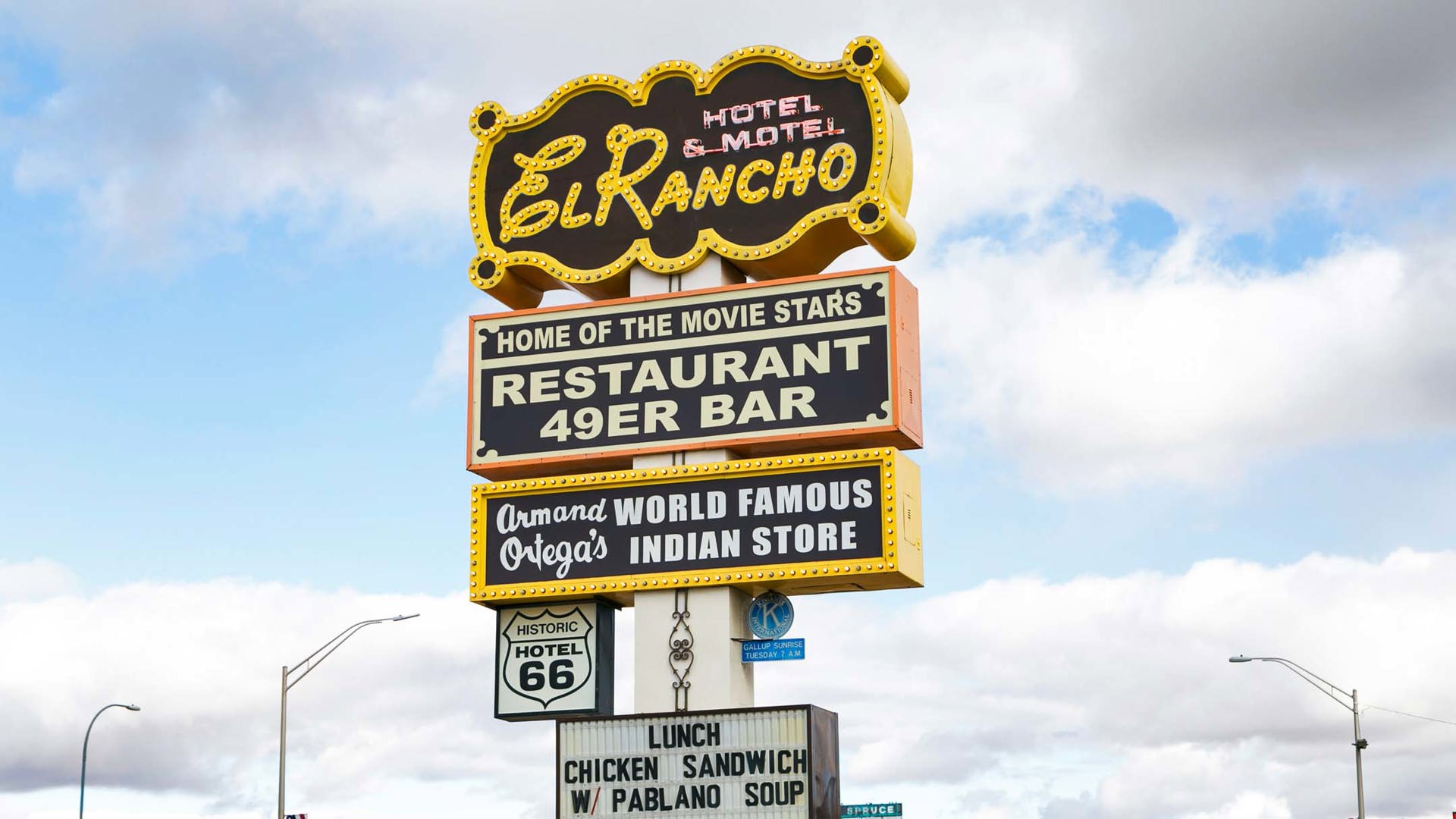
Part Two – Albuquerque to Santa Monica
By Jeff Wilson
Not everyone who set out westward on Route 66 reached the coast. Some folks stopped at countless interesting places along the way, either by design or by misadventure. For Lesley, Albuquerque was a terminus, just as it had been for me five years earlier when I joined Nissan on their first Route 66 adventure. The desert city represents a near-midpoint for the journey, but this time, it was my starting point.
Picking up geographically from where Lesley’s list left off, the scenery only gets more spectacular.
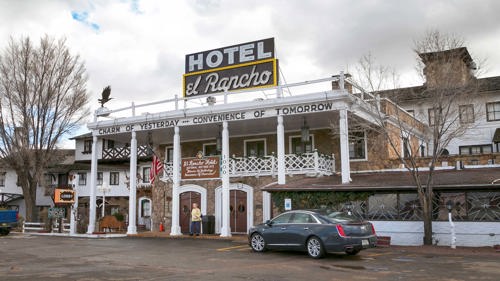
6. Gallup, New Mexico
Nearing the border with Arizona, the town of Gallup still possesses a vibrant population, particularly of Native American descent, and there are plenty of opportunities to experience and enjoy the cultures of the Hopi, Zuni, and Navajo tribes.
Gallup retains many icons of Route 66’s glory days, including trading posts and motels lit up with vibrant neon. A highlight, however, is the El Rancho Hotel, built in 1937 by the brother of Hollywood director D.W. Griffith. Throughout the 1940s and ’50s it served as a production base for a dozen classic Western films, and several of the two-star hotel’s rooms have been decorated to celebrate film legends like John Wayne, Spencer Tracy, Katharine Hepburn, and Ronald Reagan, who allegedly stayed in them.
Today the hotel remains a sensational time capsule with a sensational, gaudy lobby, and a decent restaurant locked in 1970s décor.
7. Holbrook and Winslow, Arizona
Only thirty minutes apart, this one’s cheating a bit since there are two worthwhile stops. In Holbrook is one of the two remaining Wigwam Motels. High on the kitsch scale, the politically incorrect motel has been restored to authentically recreate the experience from its origin in 1950 with each concrete “tepee” featuring the original wood furniture, but no Wi-Fi or telephones. Classic cars are parked in front of each unit, adding to the historic feel.
Just down the highway from Holbrook is Winslow, made famous when the Eagles sang the line, “Standin’ on the corner in Winslow, Arizona” in the 1977 hit song Take it Easy. Today, among the gift shops and restaurants, the town has leveraged the fame afforded by the song by painting a large mural depicting the scene described in the song, even parking a flatbed Ford truck nearby to complete the effect. A statue honouring the late Eagles’ singer, Glenn Frey, was erected shortly after his death in 2016.
The song’s enduring, cross-generational popularity was a catalyst to reboot the town’s tourism after Interstate 40 bypassed Winslow and pulled away traffic – and commerce – from the town. It makes one wonder what would’ve come of the town if the Eagles’ had performed the song as Jackson Browne reportedly wrote it with the girl having actually come from Flagstaff instead.
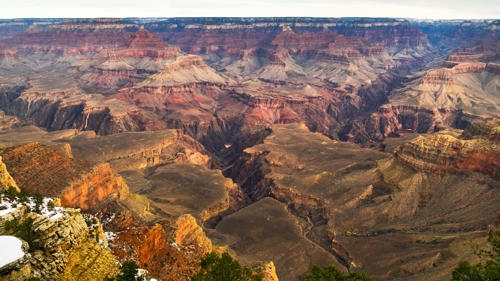
8. The Grand Canyon
While not technically on Route 66, the southern rim is close enough to not be missed, and besides, during the highway’s heyday, the Mother Road was responsible for transporting endless streams of tourists from both east and west of Arizona wanting to see this wonder of the world.
Just south of the Grand Canyon National park, Route 66 goes through Williams, Arizona, a fun town with plenty of Route 66 memorabilia, restaurants, hotels, and even a great microbrewery. Visitors wanting to connect their stay in Williams with a visit to the Grand Canyon can do so via an historic railway that brings tourists between the two destinations.
9. Oatman, Arizona
The former mining town of Oatman, Arizona, is fun, if overly touristy now, replete with saloons that sell more soft-serve ice cream than bourbon, and various shops selling souvenirs. There are wild donkeys who still roam the town freely, and are reportedly the descendants of the work mules employed by the miners from generations ago.
Motoring enthusiasts will want to visit Oatman because of the drive from Kingman, Arizona, over the 3,500-foot Sitgreaves Pass. Winding up and over the mountain, the road is an exhilarating drive, as much for the spectacular scenery as the hair-raising twists and turns. As a part of Historic Route 66, the pass is quite narrow, has few guard rails and is so steep, that in the early days, travellers hired locals to drive their Model T Fords backwards up over the pass in order to prevent oil starvation in the engine.
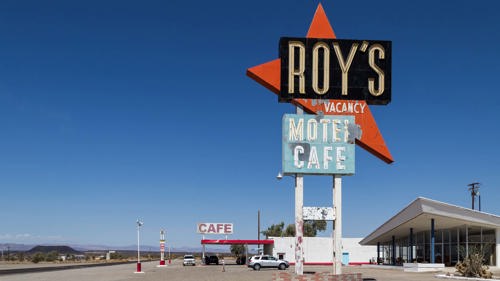
10. Roy’s Motel – Amboy, California
Following the historic Route 66 through the Mojave Desert into Amboy, California, the view is so limitless that the entire length of a train takes up only a small portion of the horizon. It’s easy to imagine being in a desert film shoot, which is understandable since Roy’s Motel and Café has been featured in an uncountable number of films and commercials depicting the remoteness of the American southwest and the adventure that presents.
The town itself, or what’s left of it, is fascinating. By the 1940s, Roy’s had become an oasis in the desert for travellers looking for fuel, food, or a place to stop for the night, and was doing a booming business. Like so many other great spots along Route 66, the Interstate’s bypass meant the town shrivelled and died.
Today, the motel, gas station, derelict school, and a few random buildings (including a functional post office) are all that remain, along with a sole caretaker for the town. There are several cabins that can be explored, but the motel is secured behind chain-link fence, and there’s an unmistakable creepiness to the whole place.
End of the Road
Route 66 carries on through California, eventually becoming lost beneath the development of the greater Los Angeles area. Travellers who have come this far, are sure to also see Beverly Hills and Hollywood Boulevard before reaching the true end of the road in Santa Monica, right outside a restored diner, called Mel’s. It’s a great spot to stop and grab a malt before carrying on to the Santa Monica Pier and breathing in the sea air.
